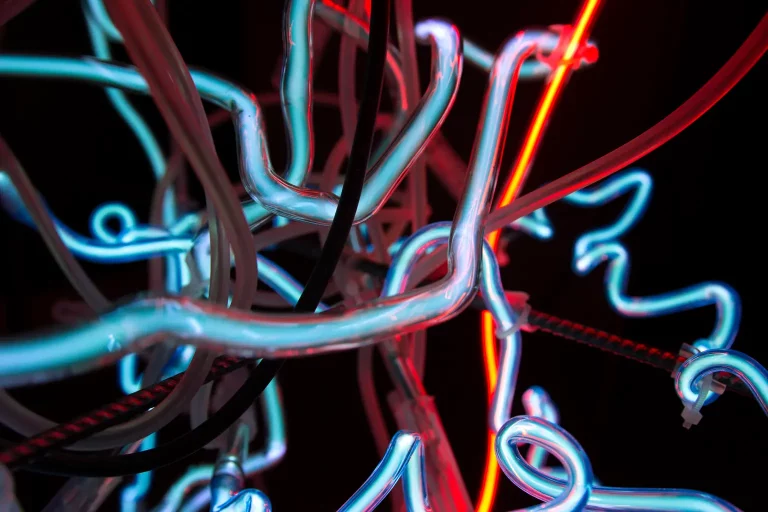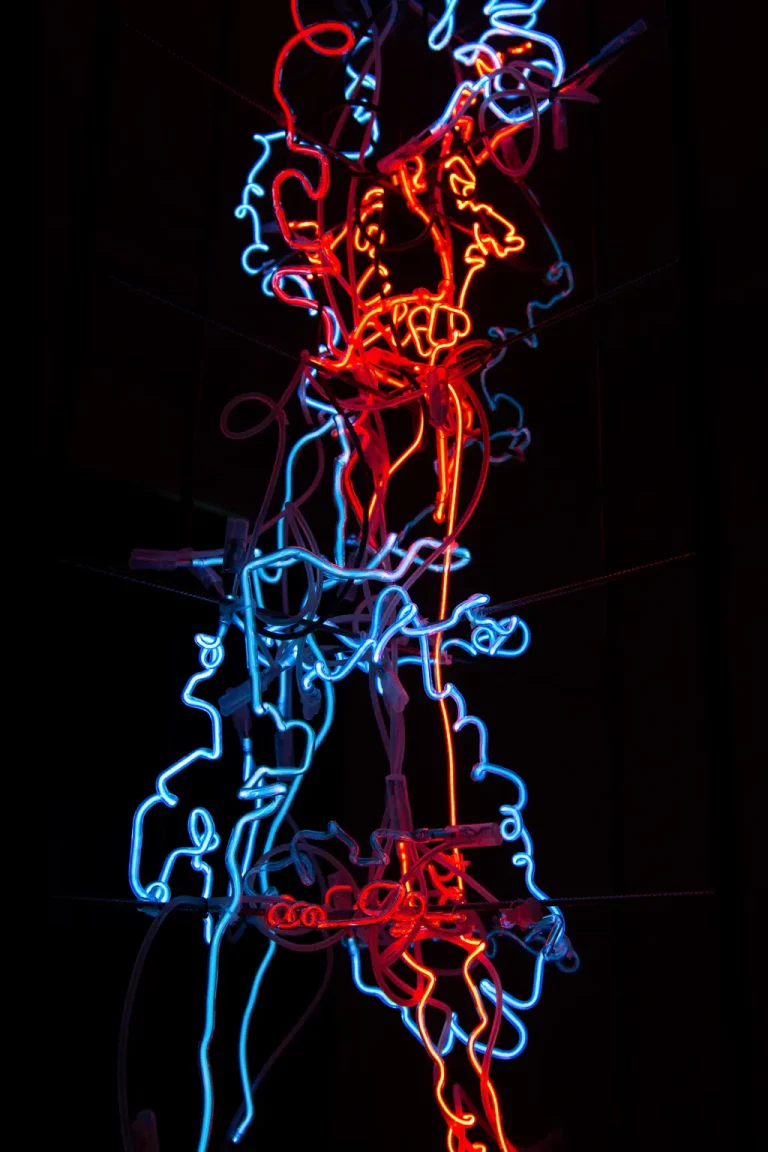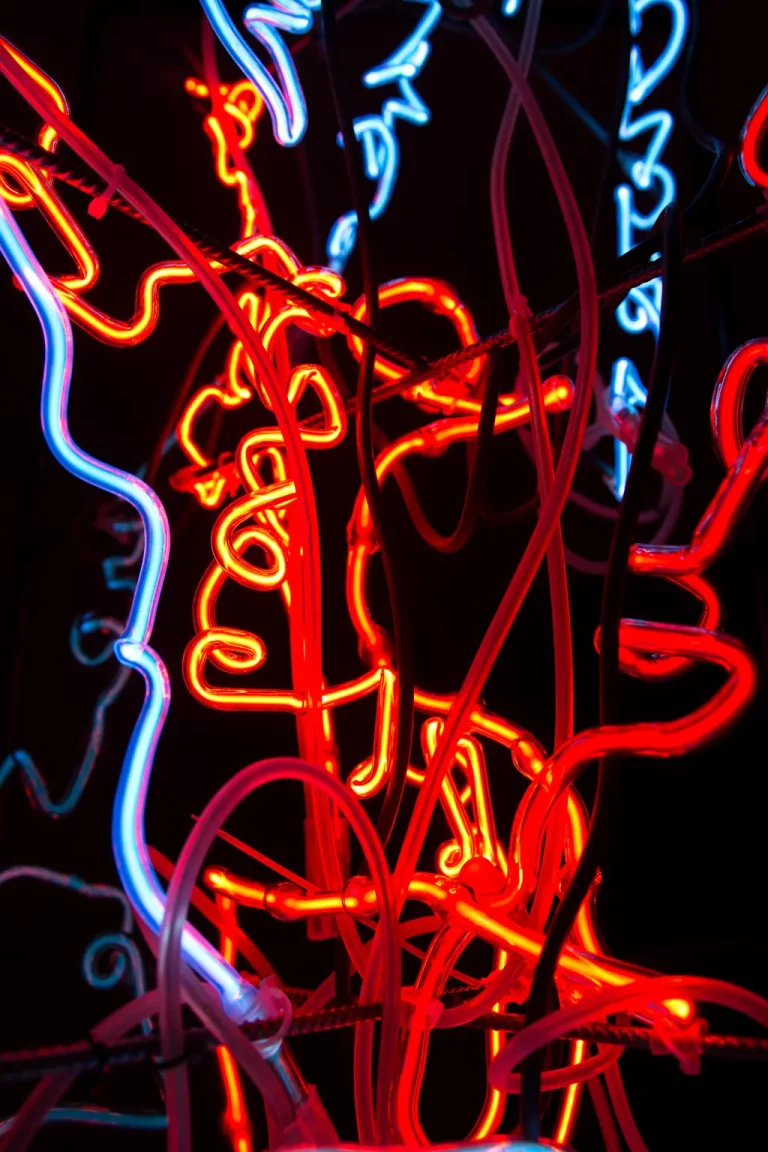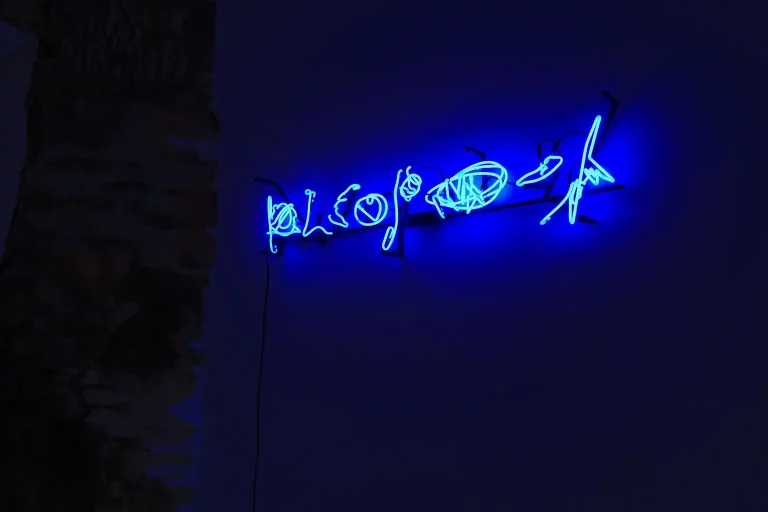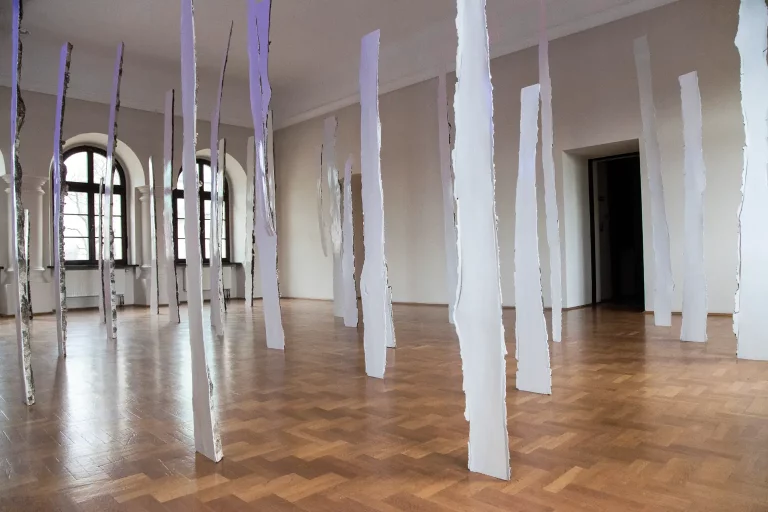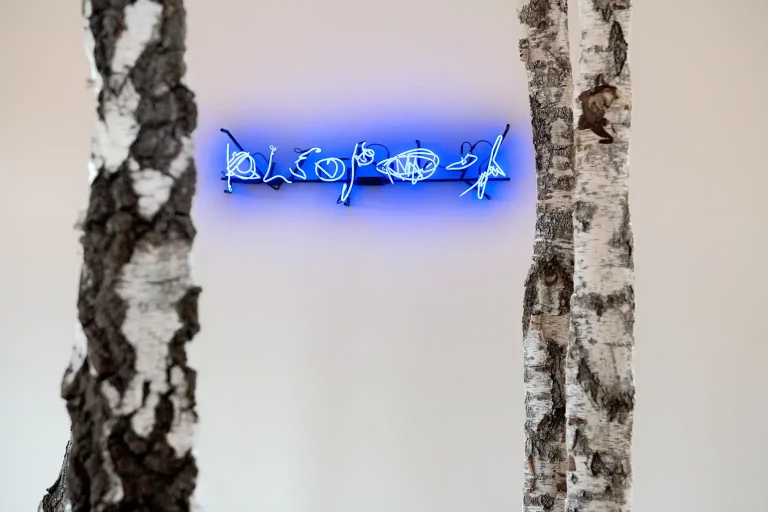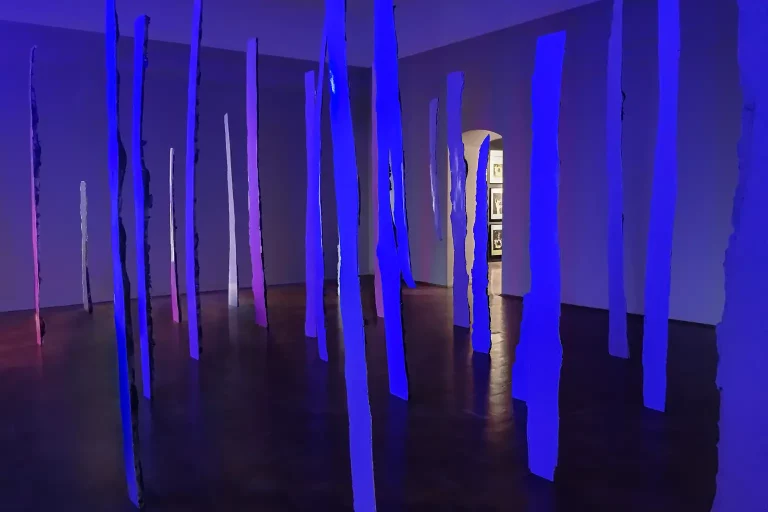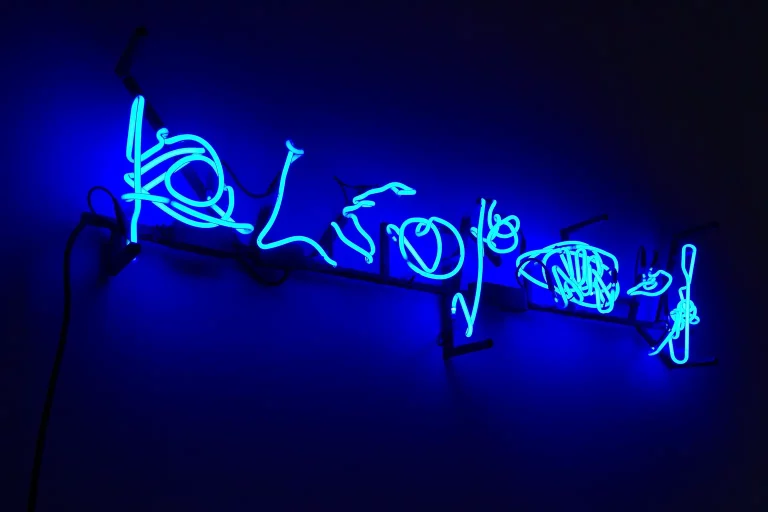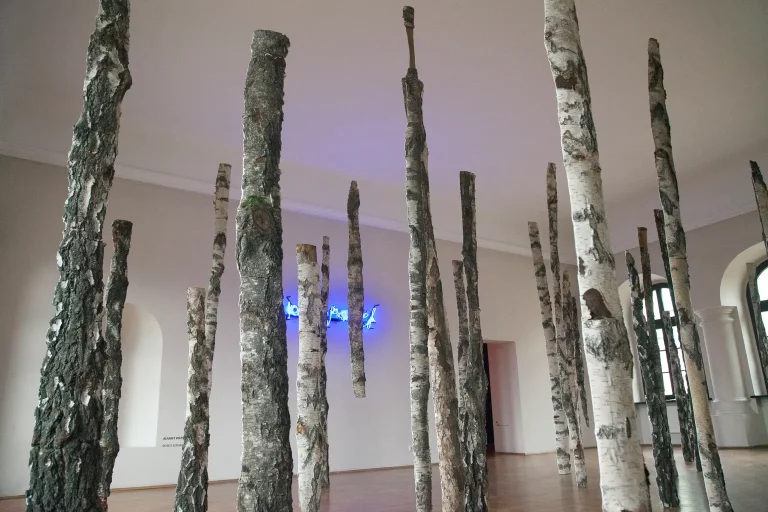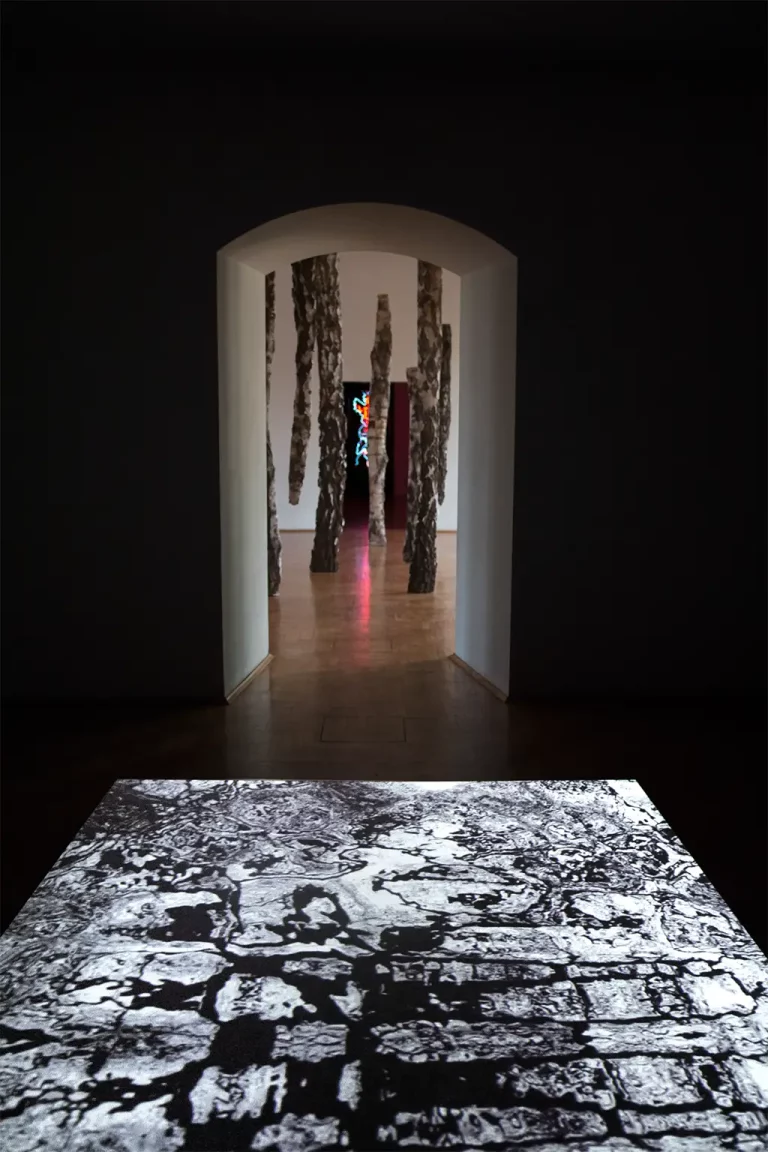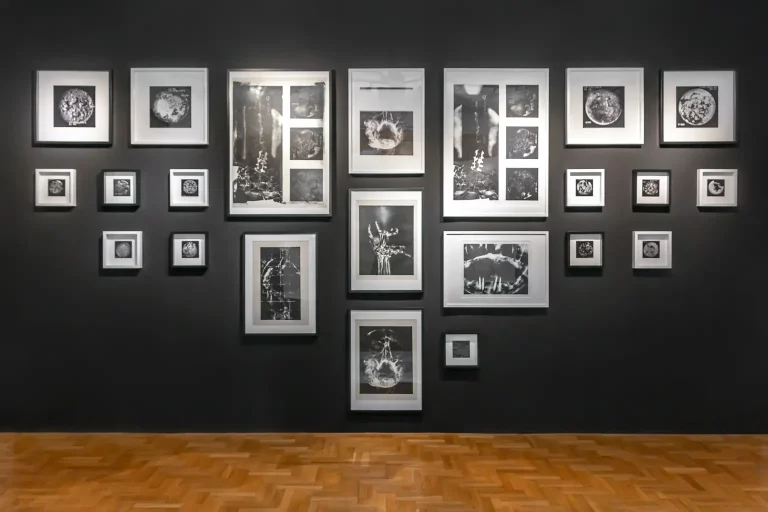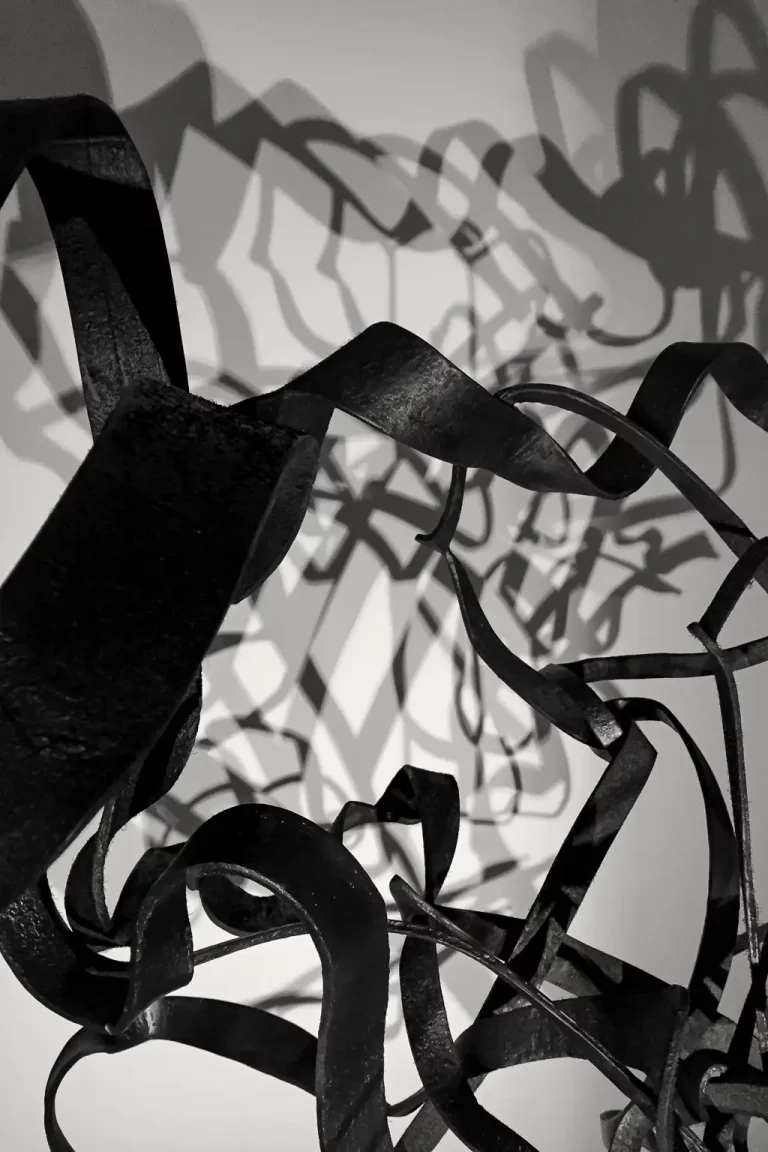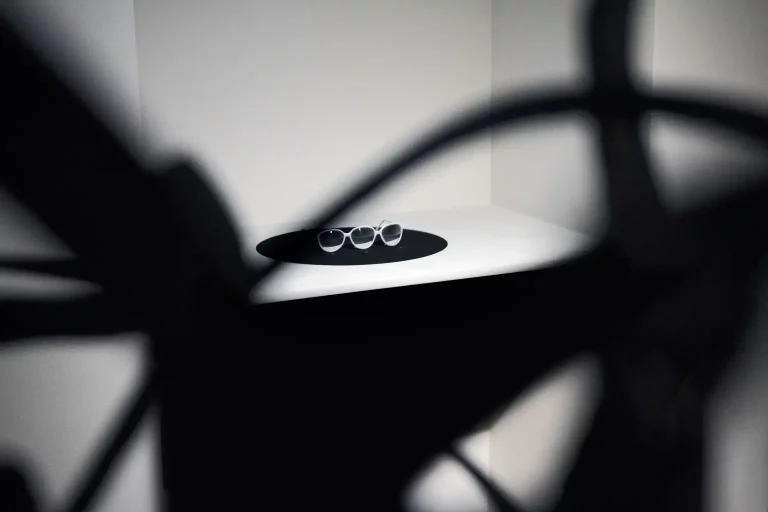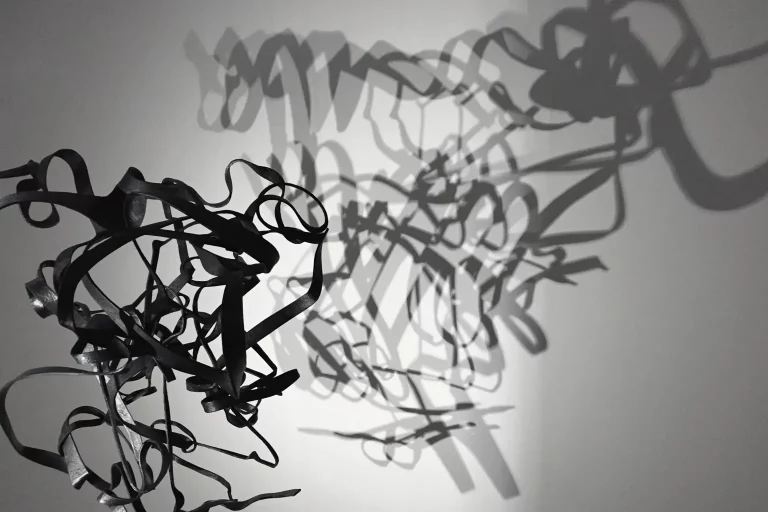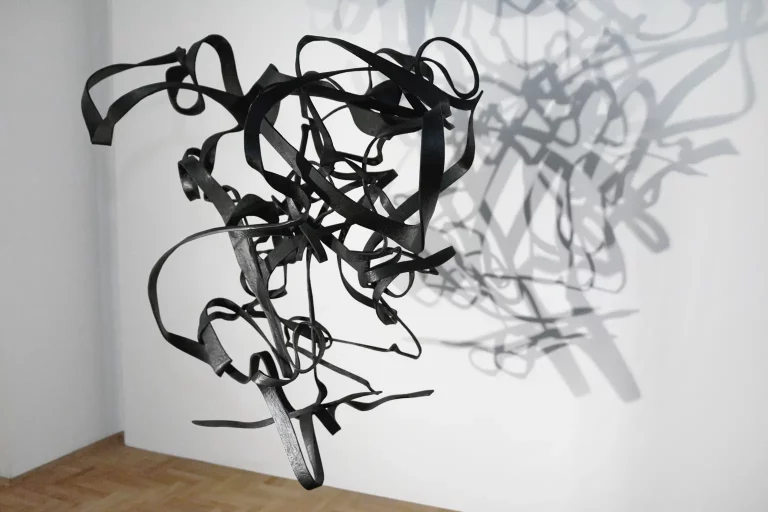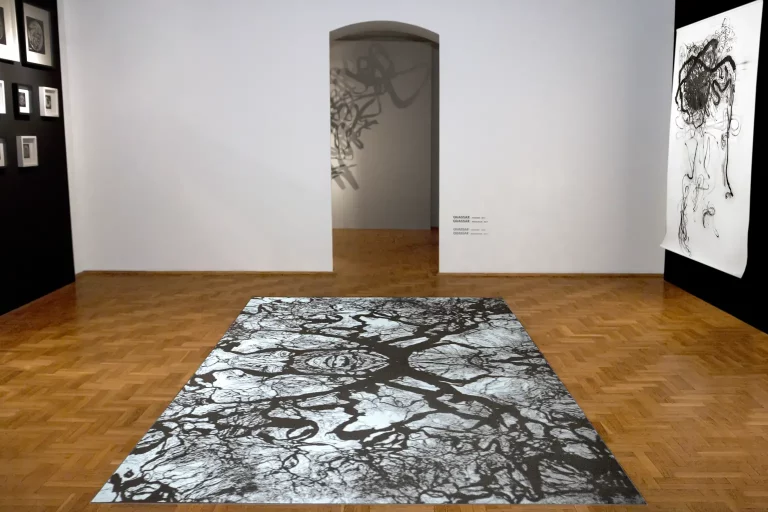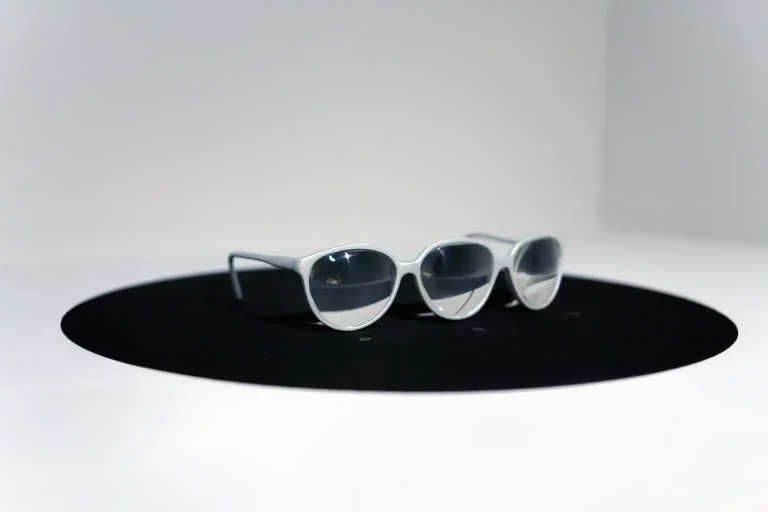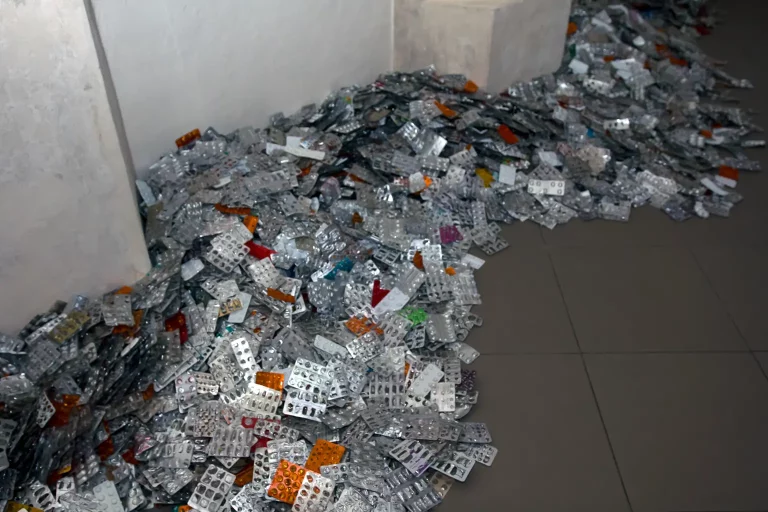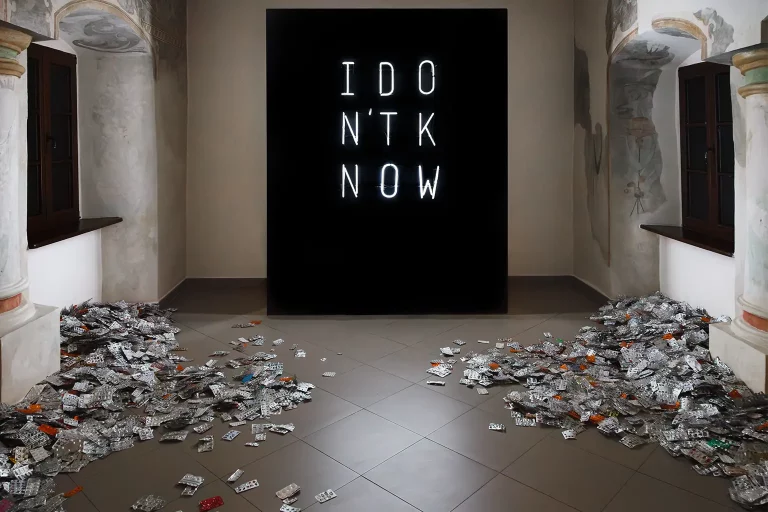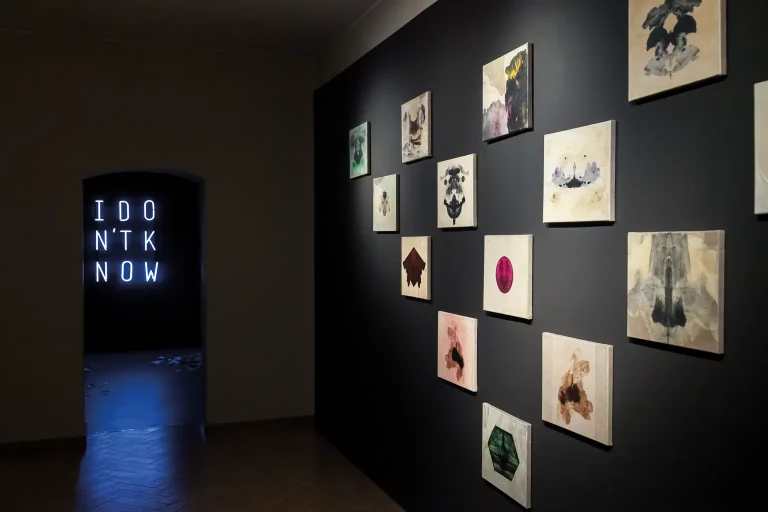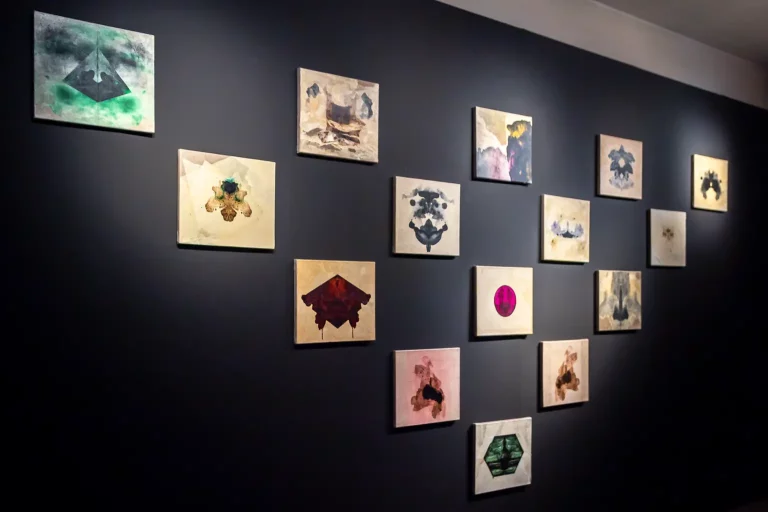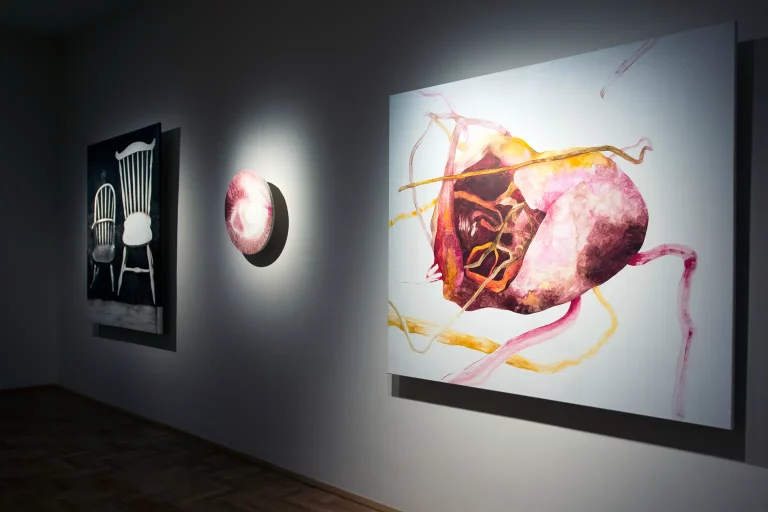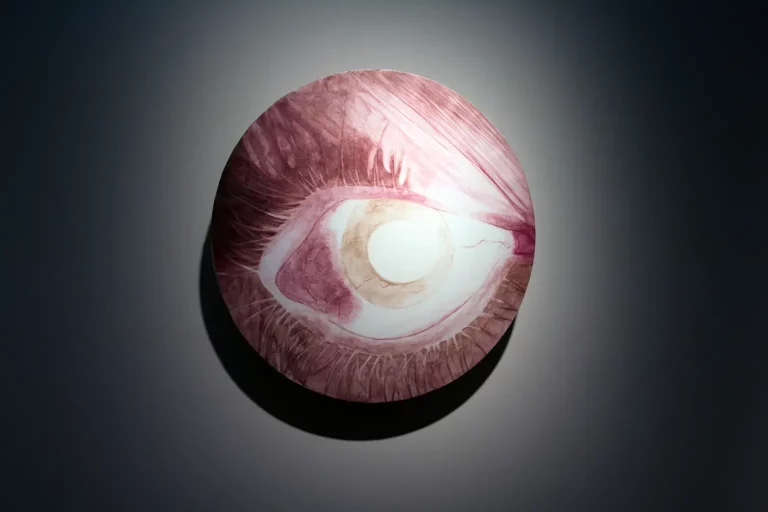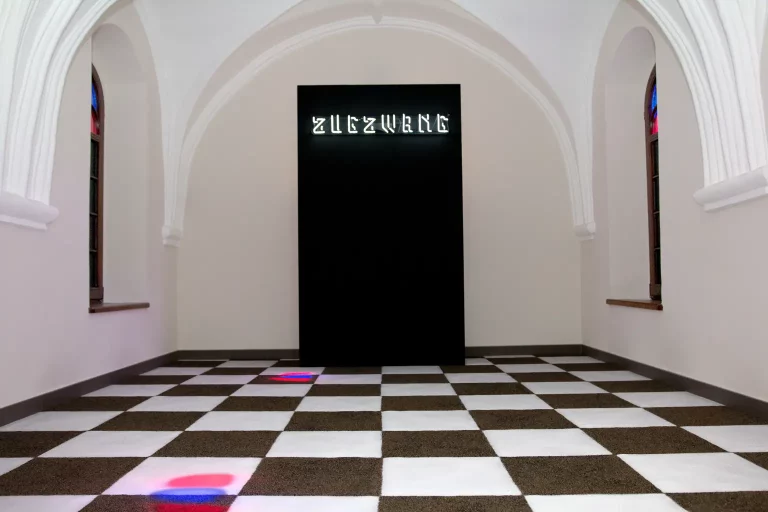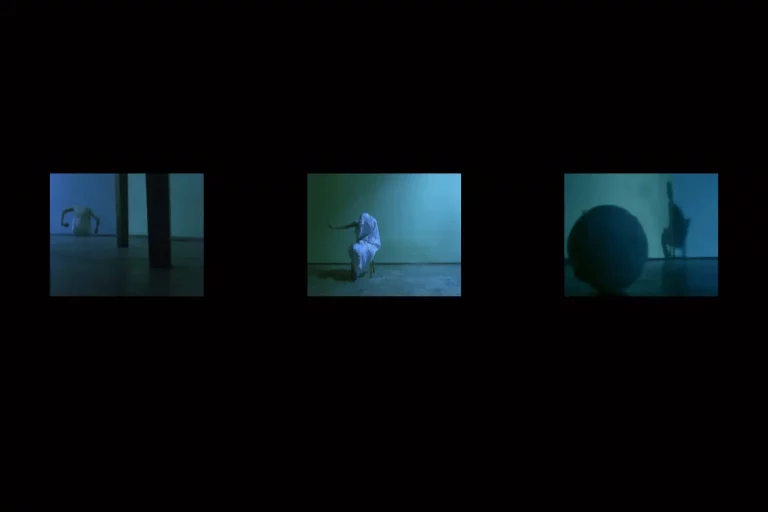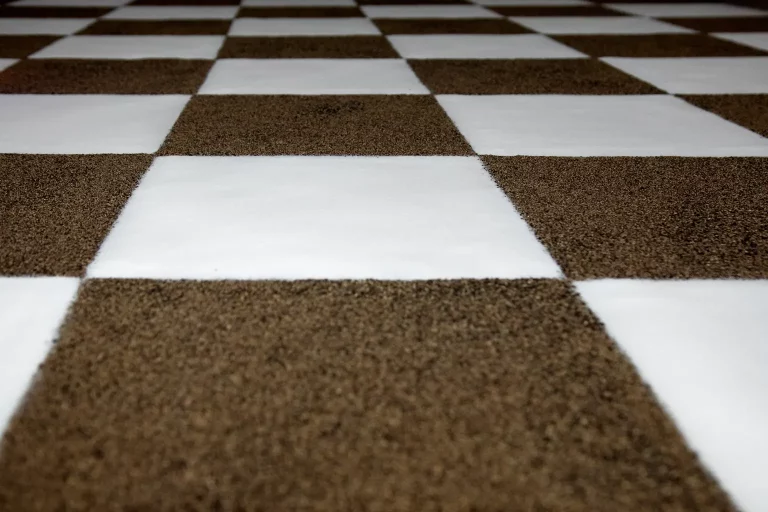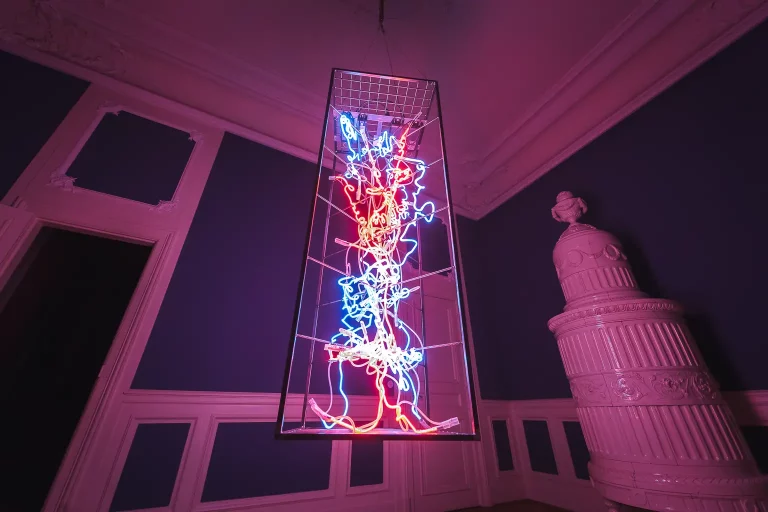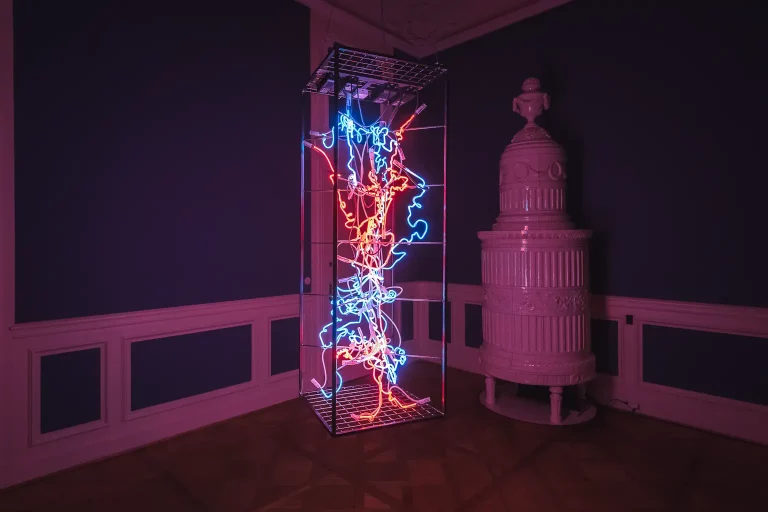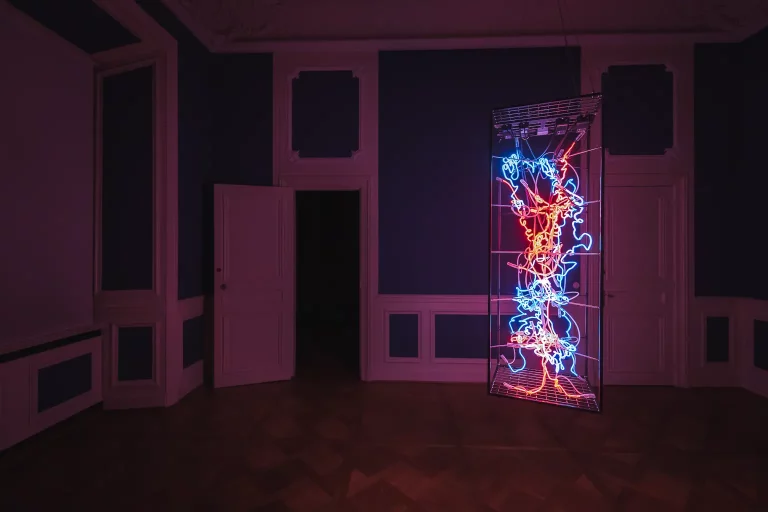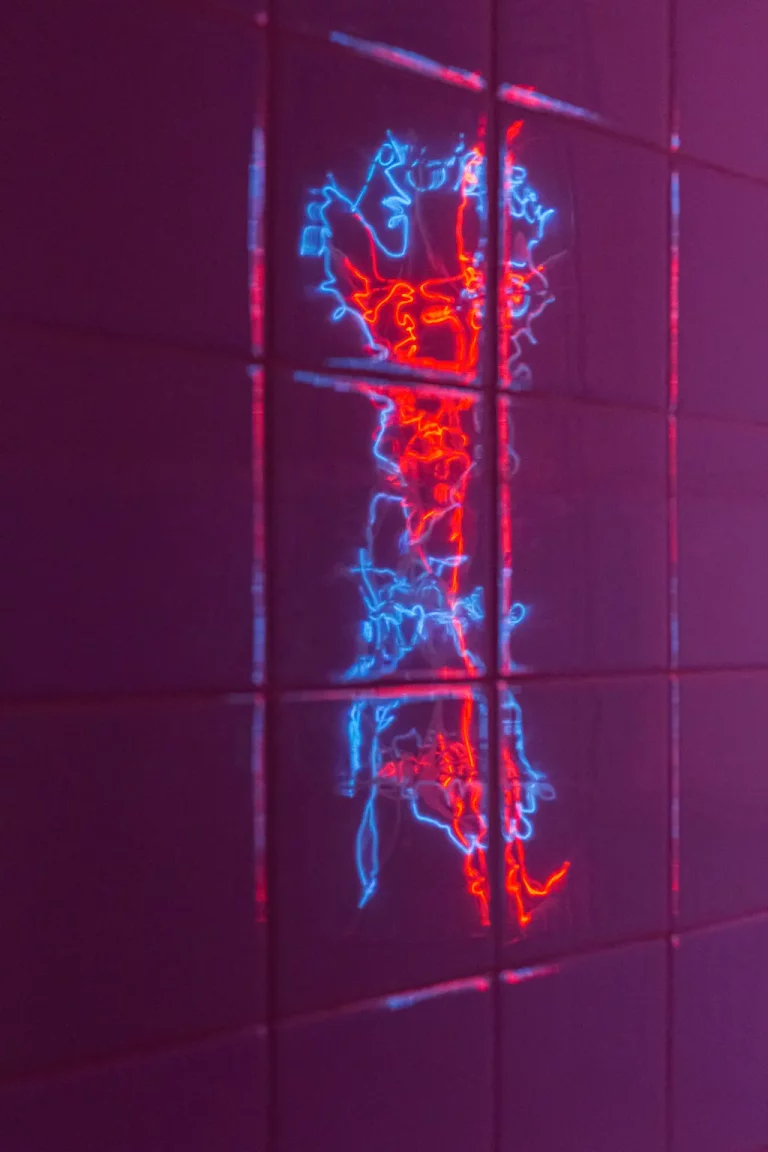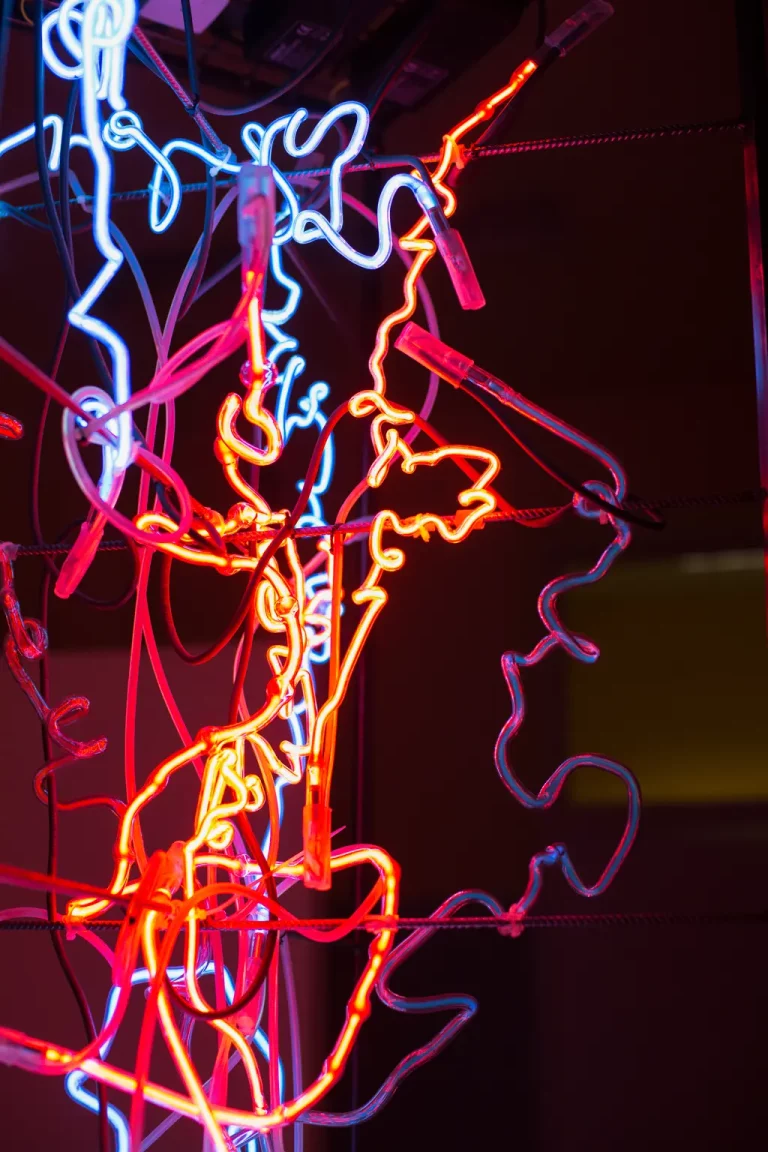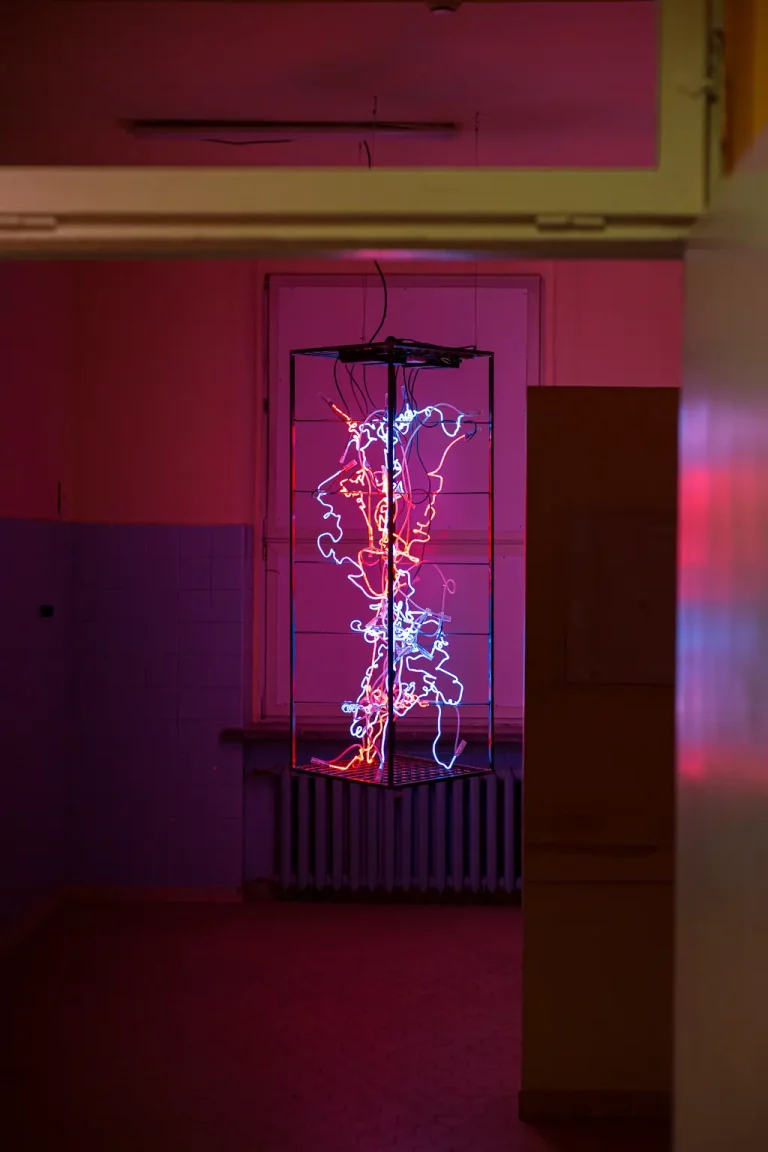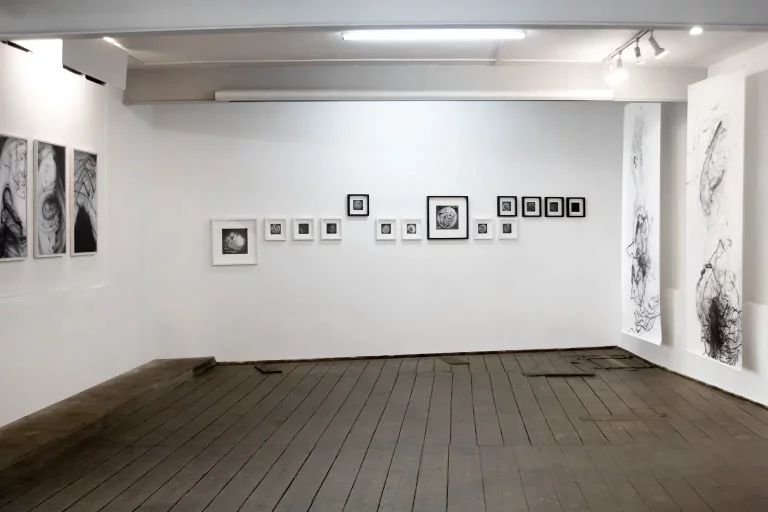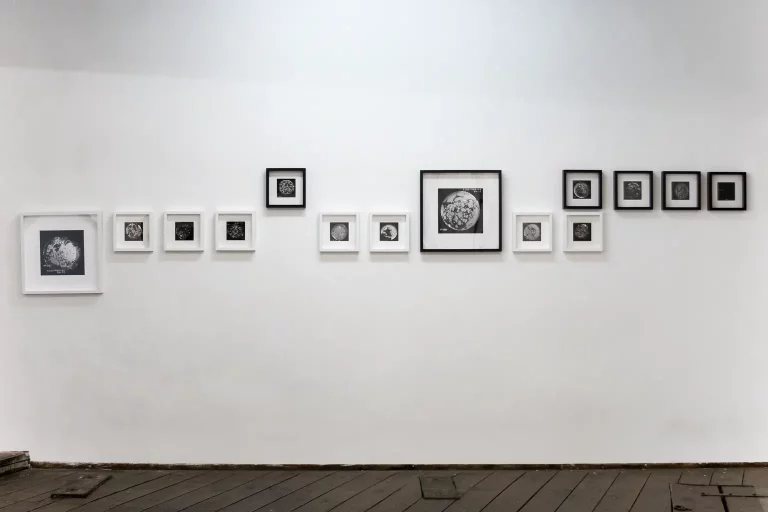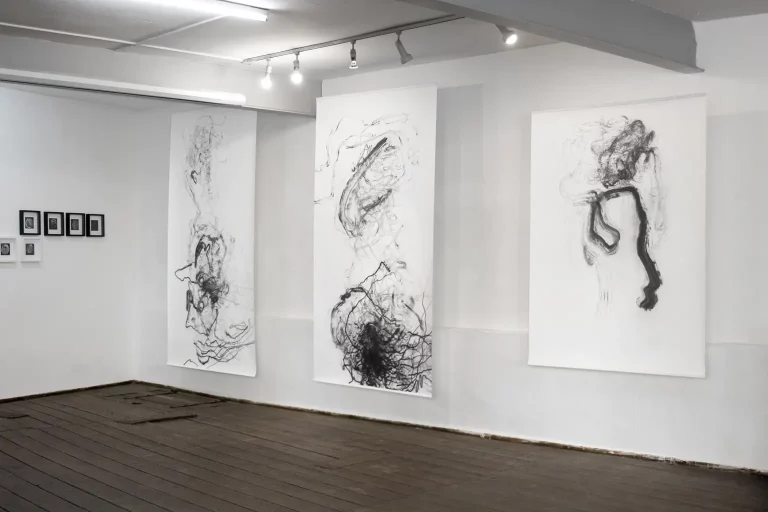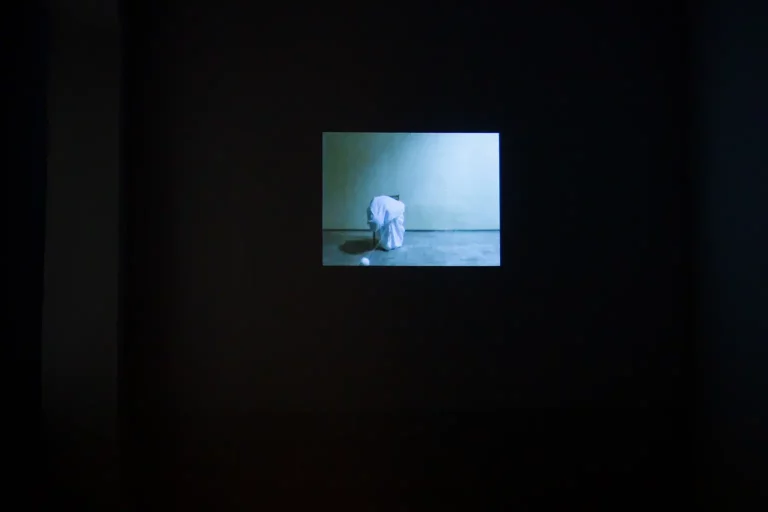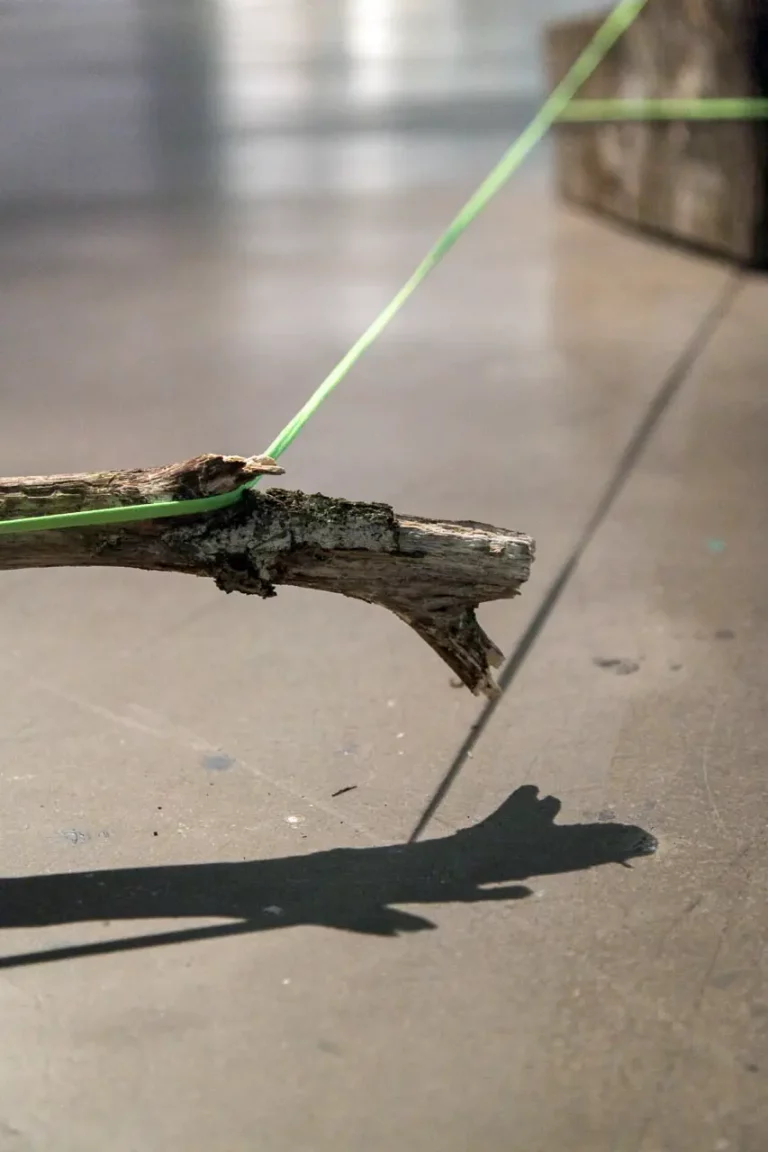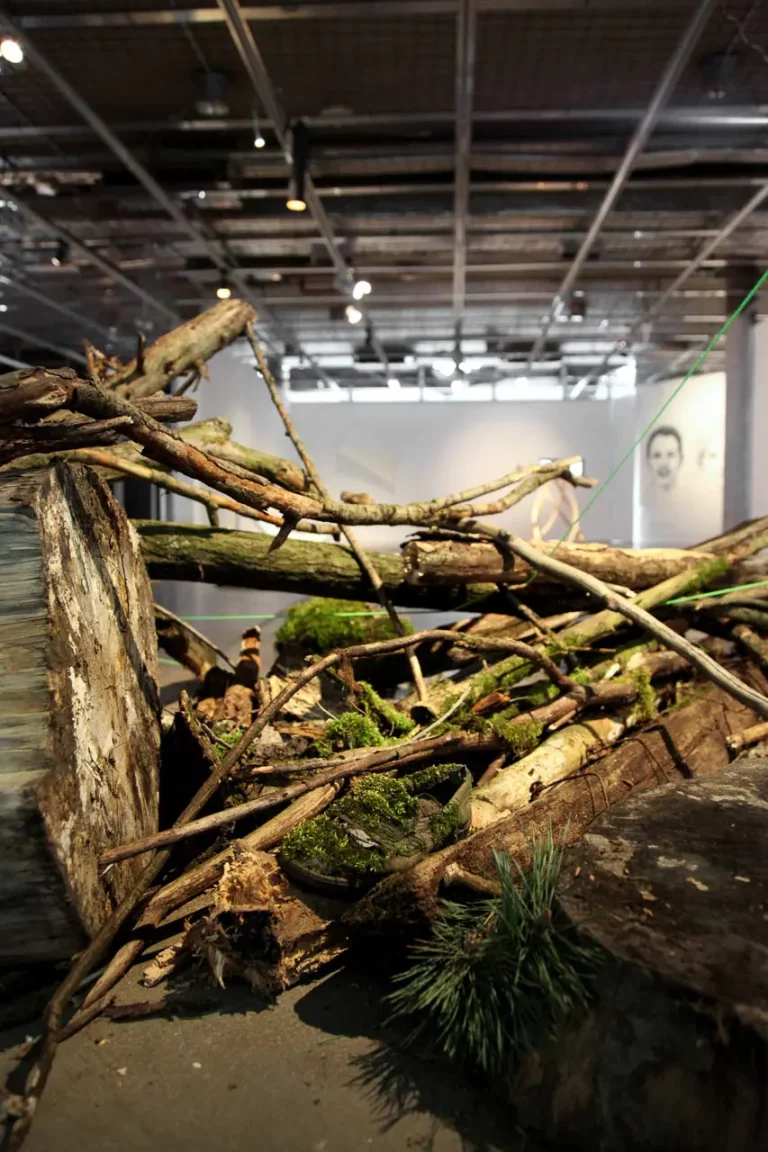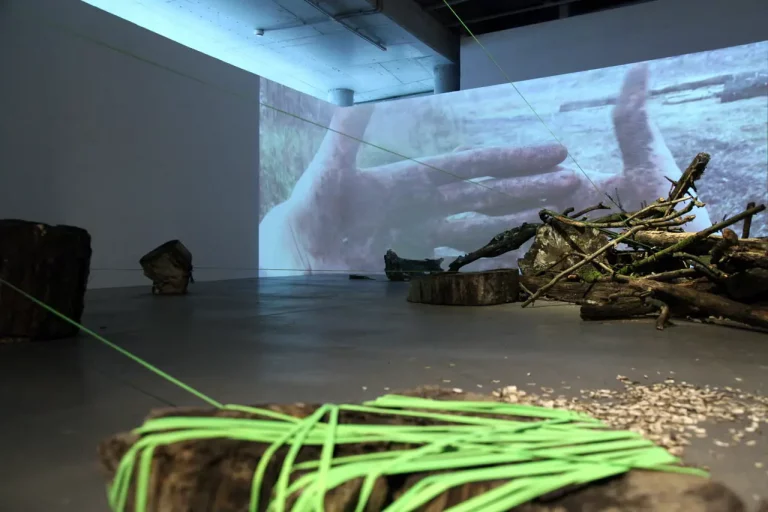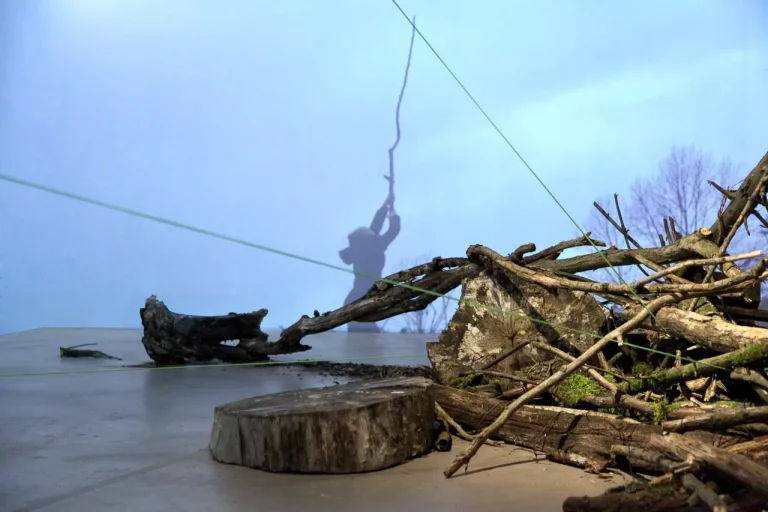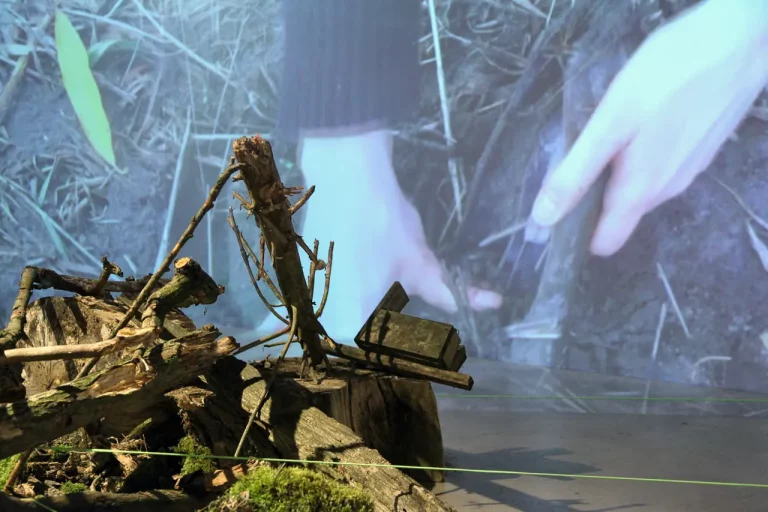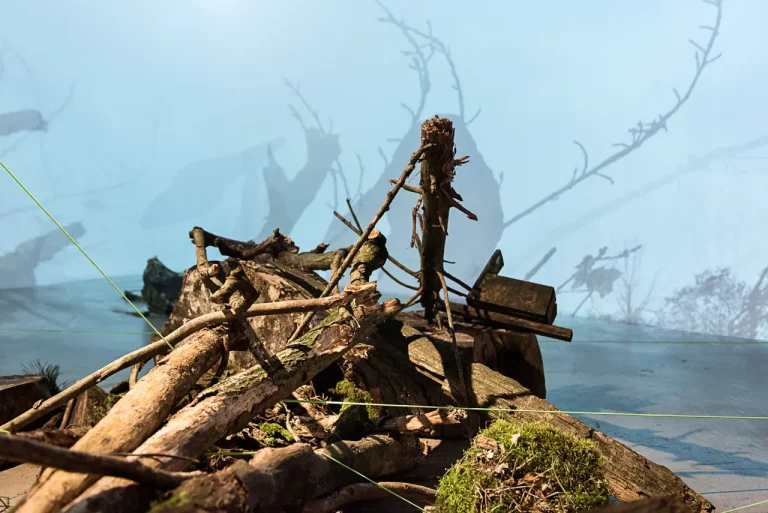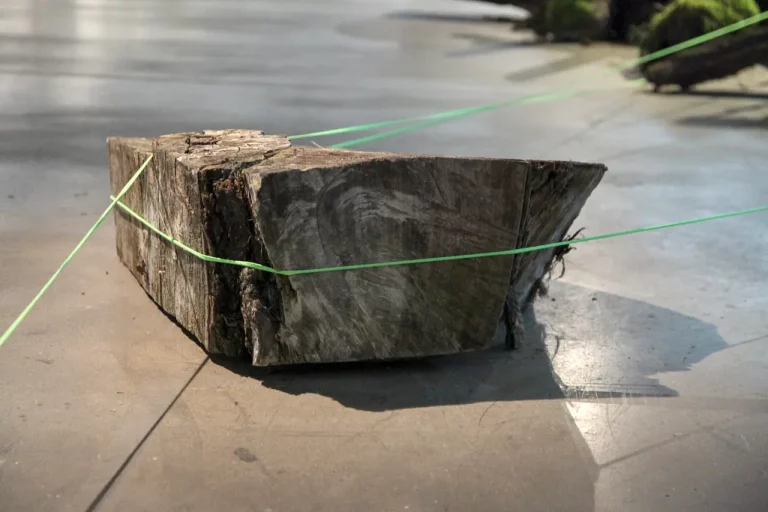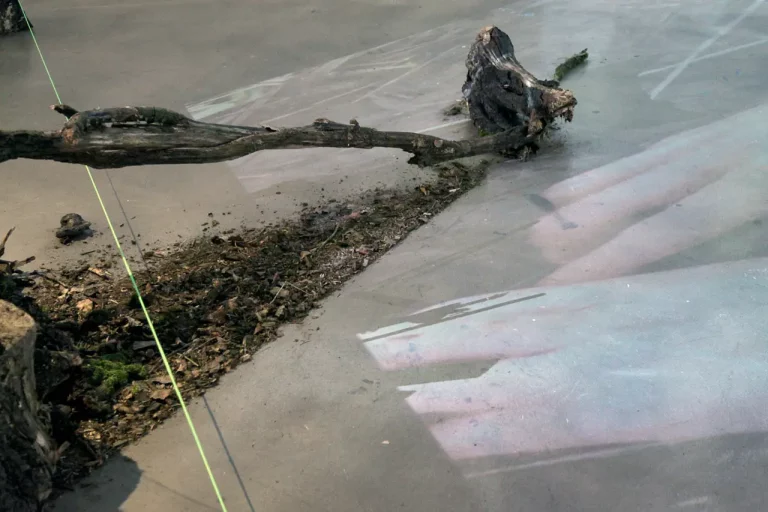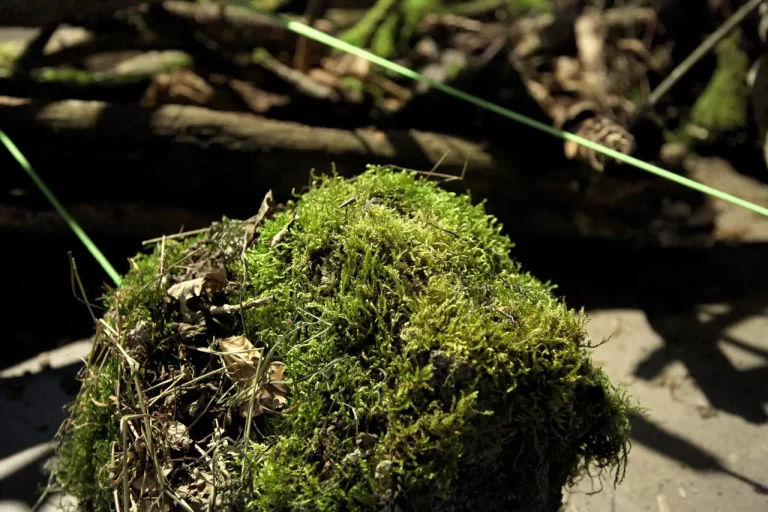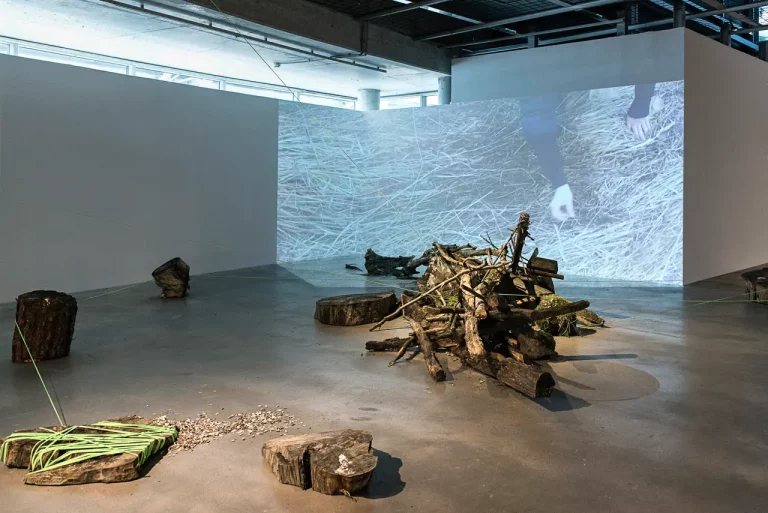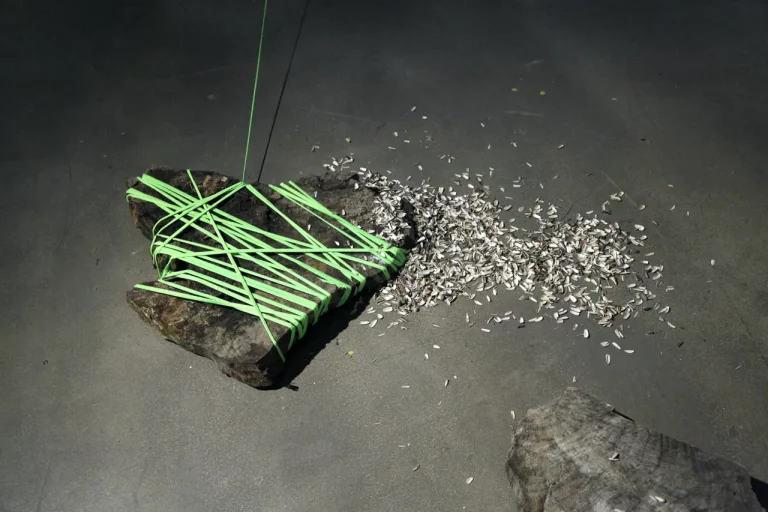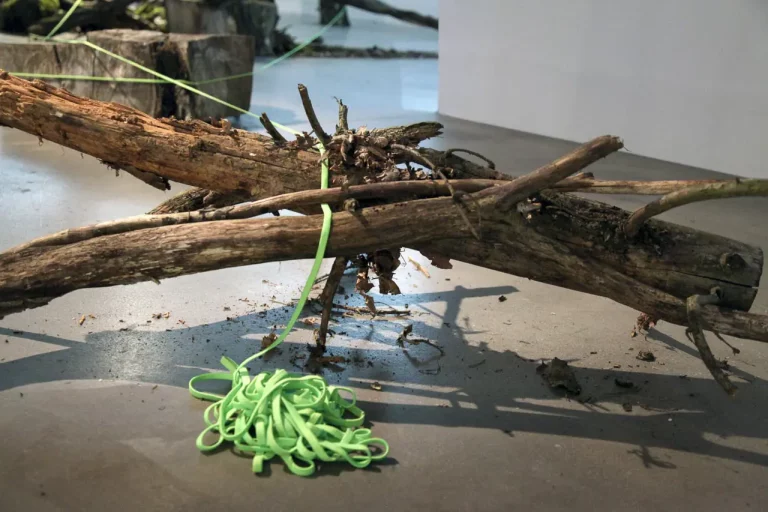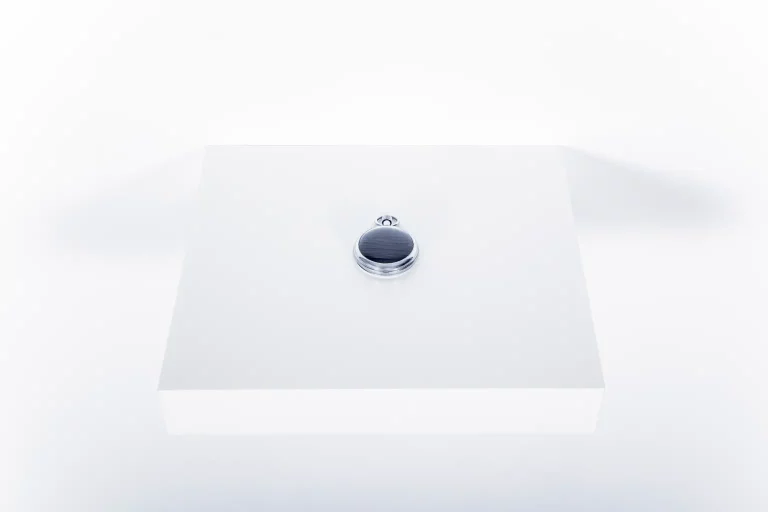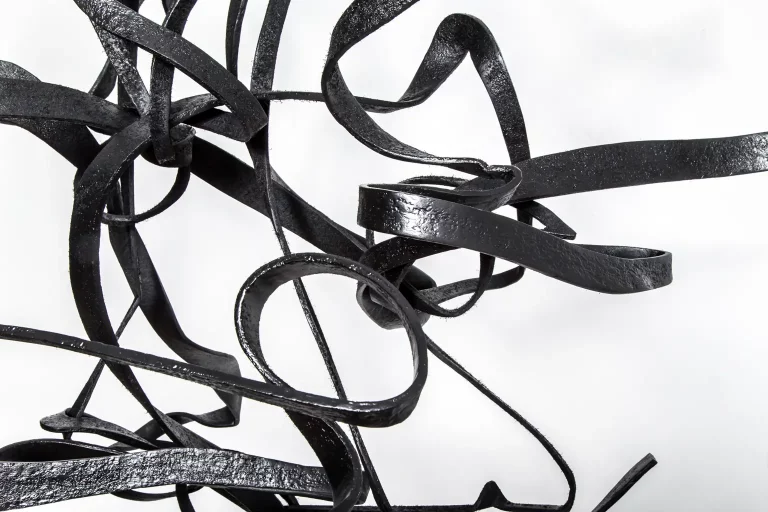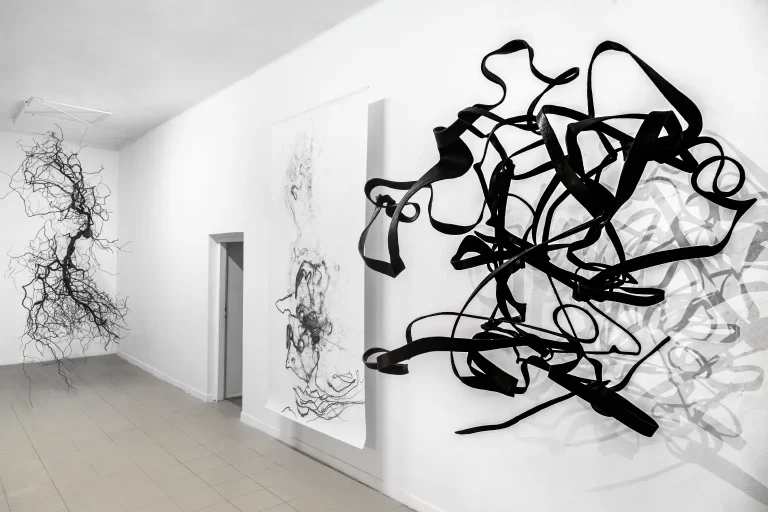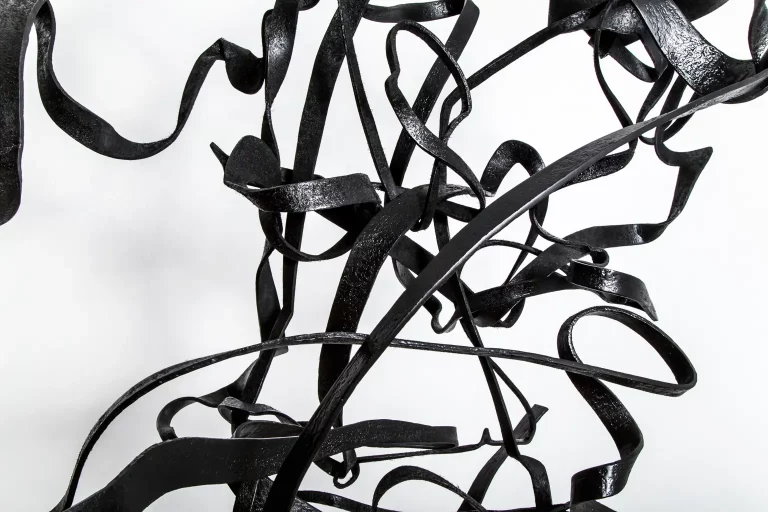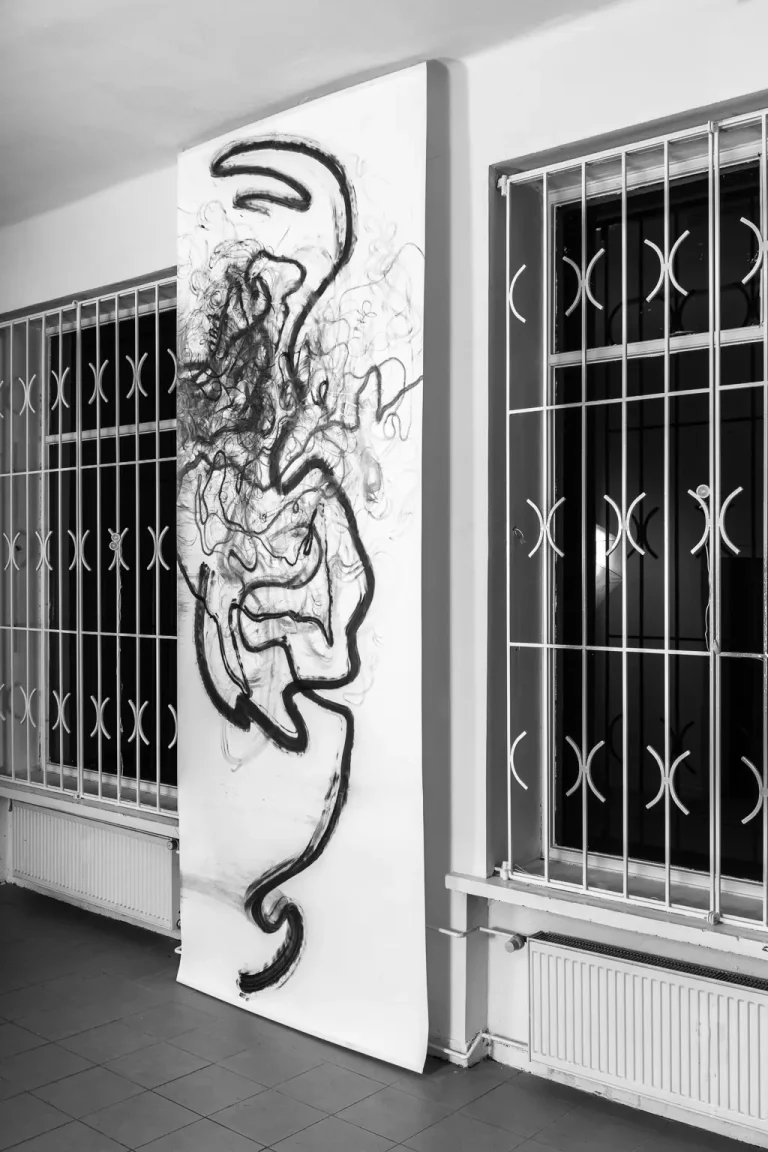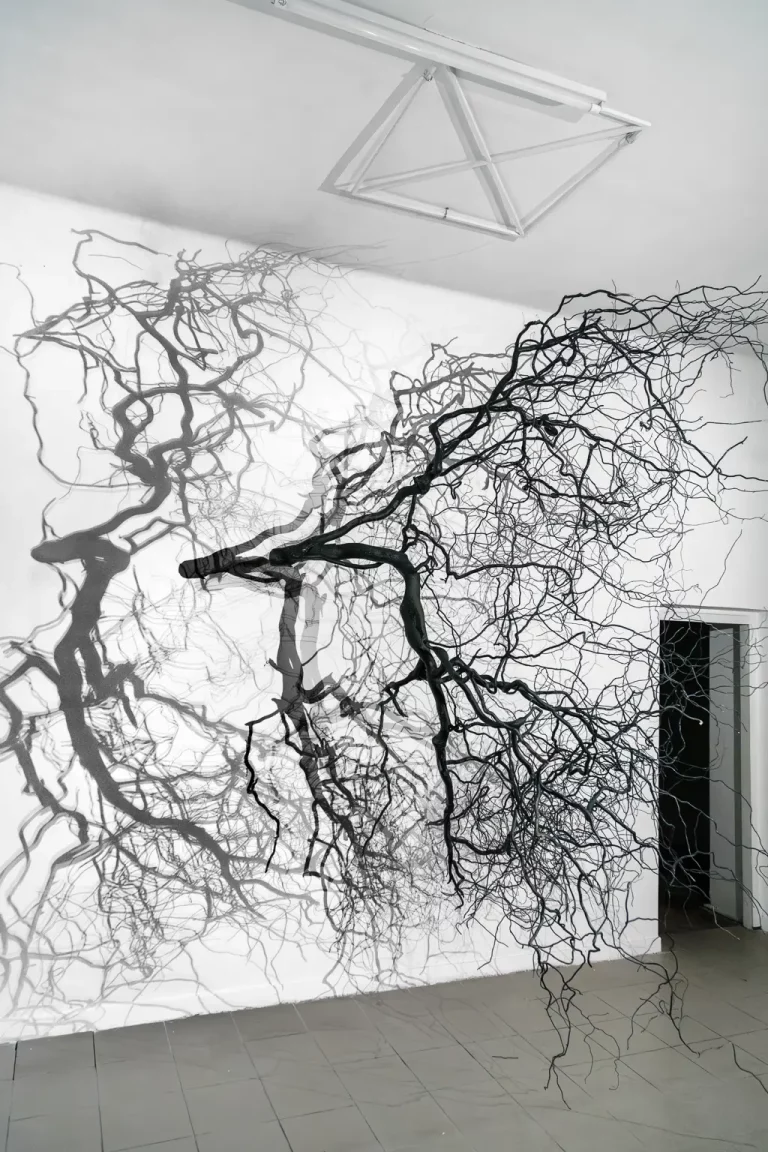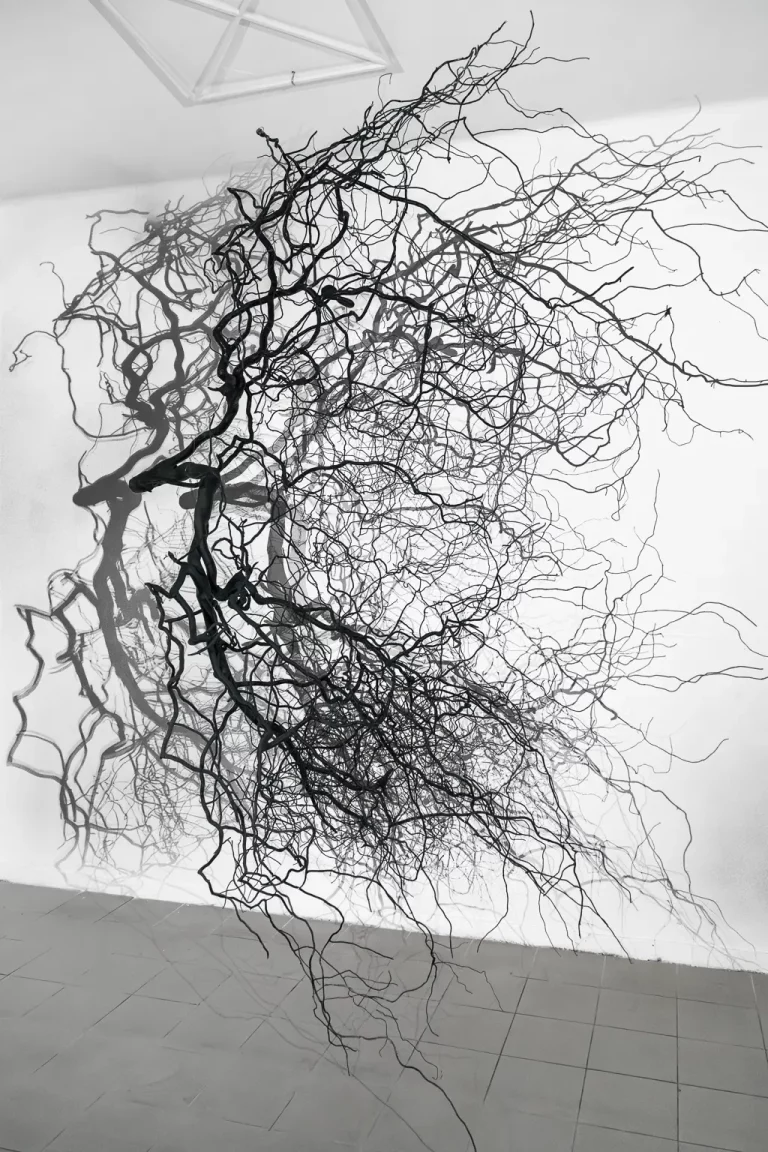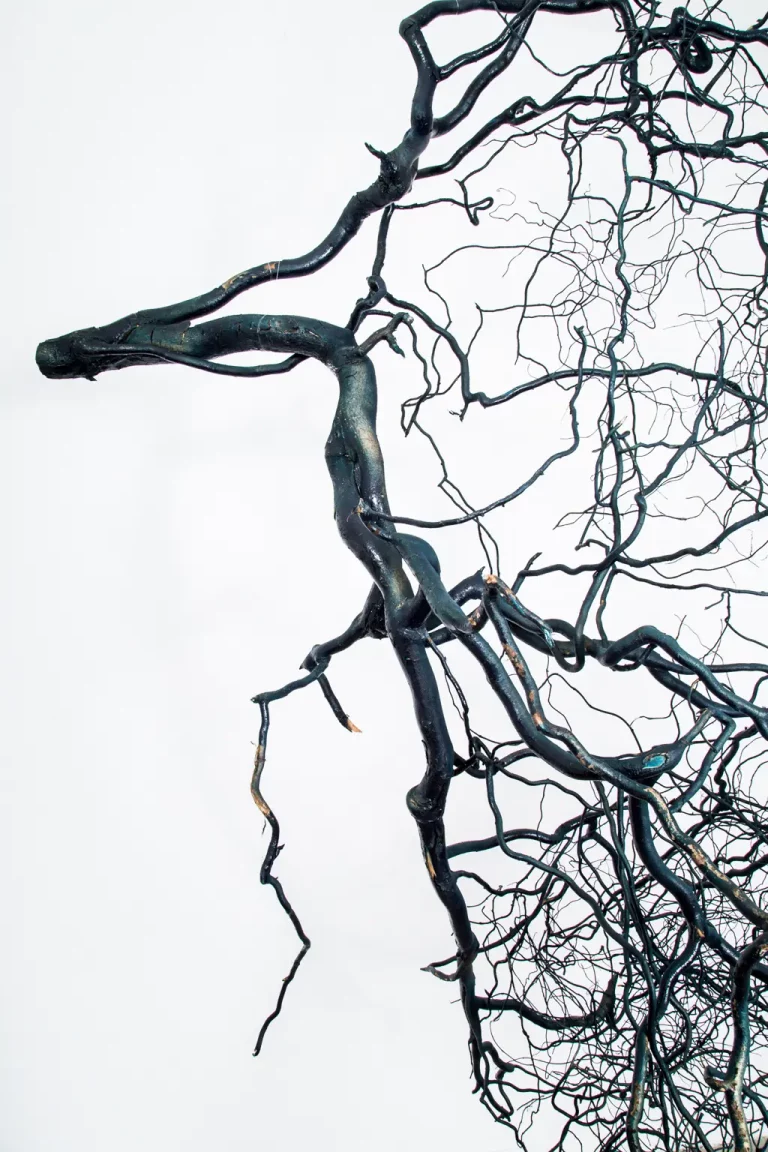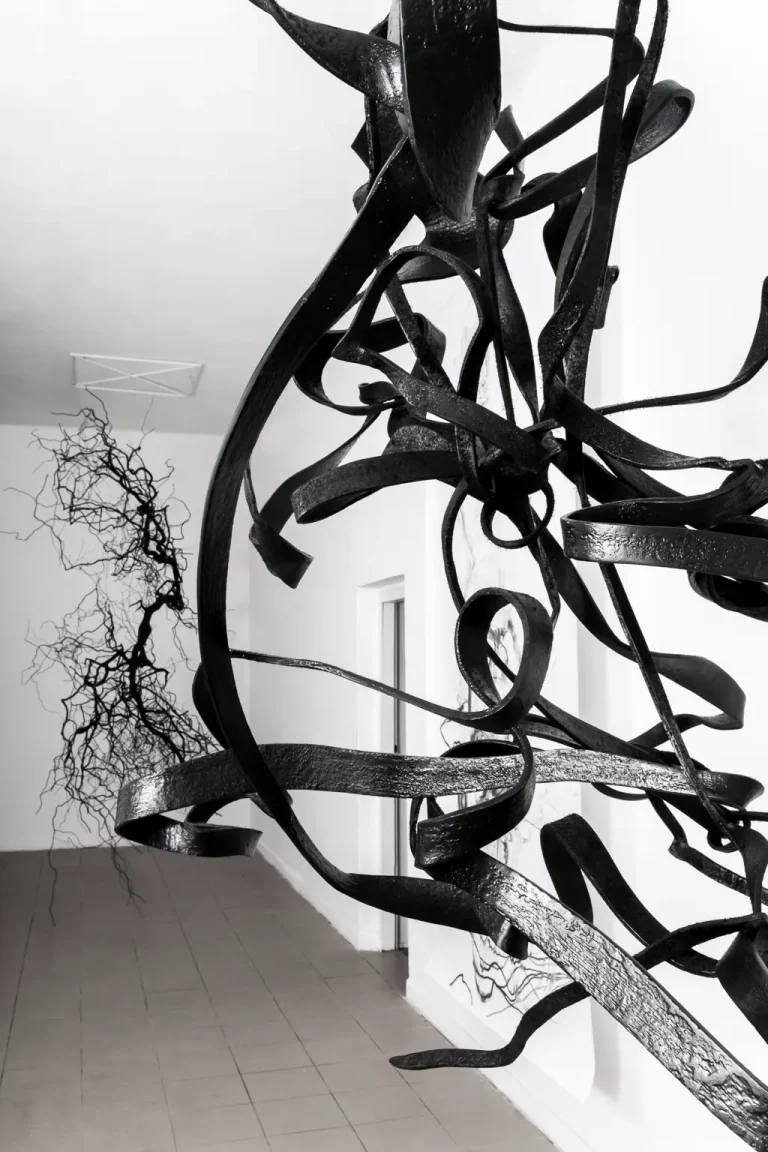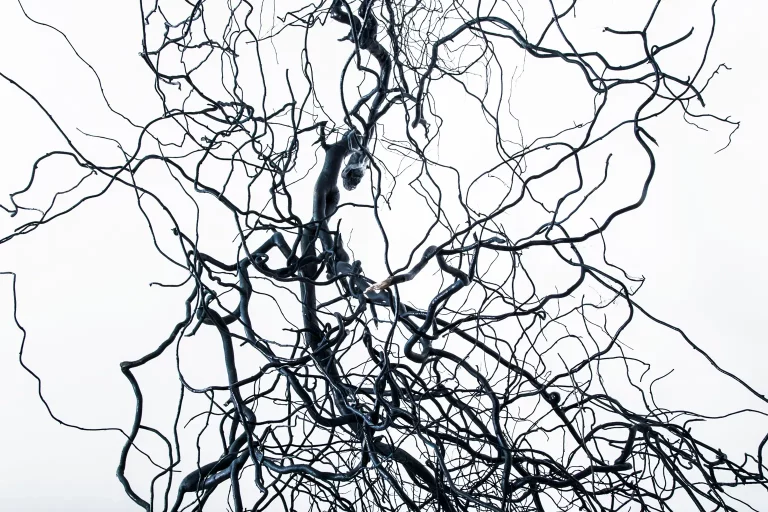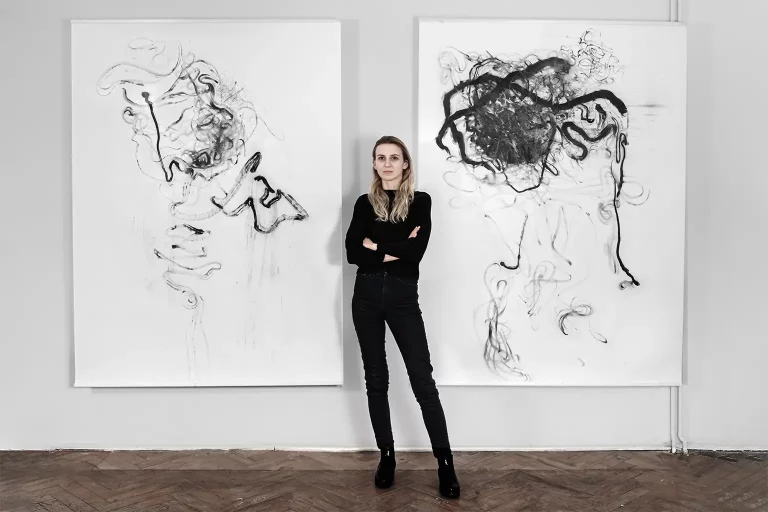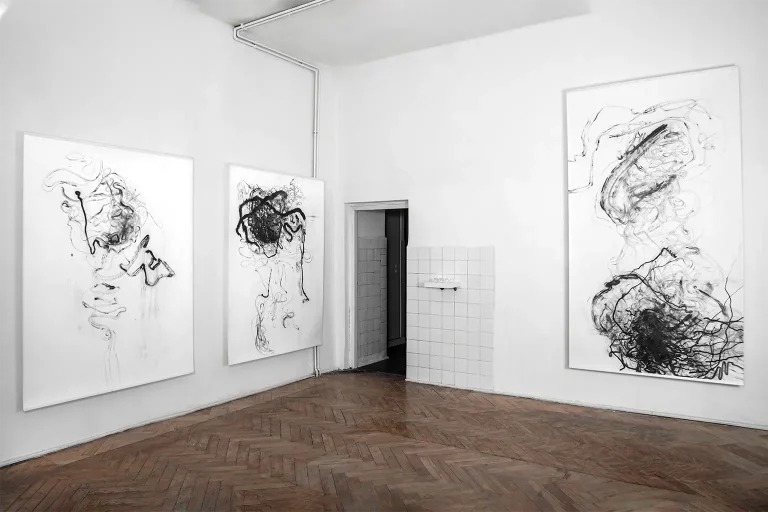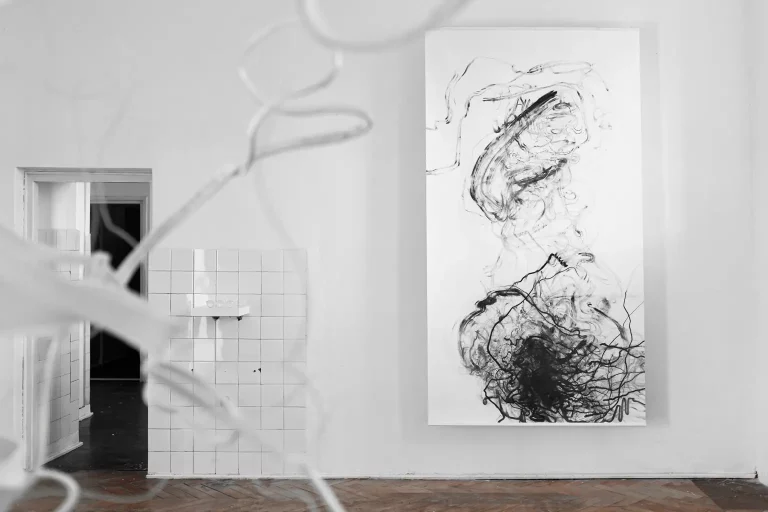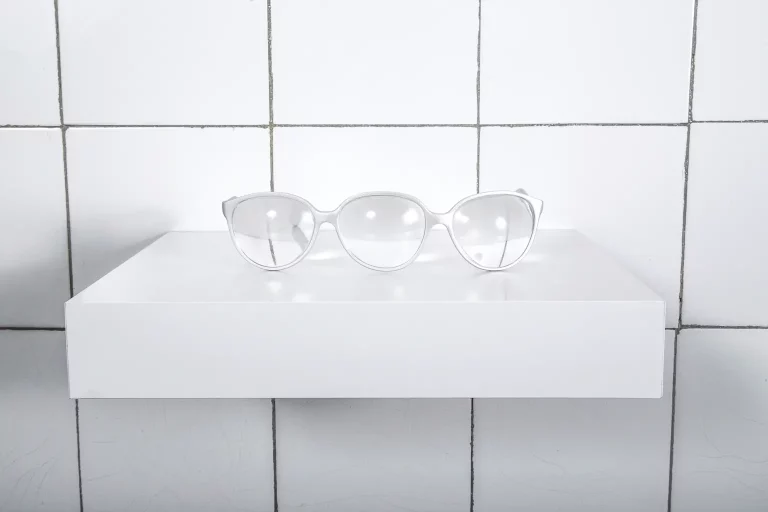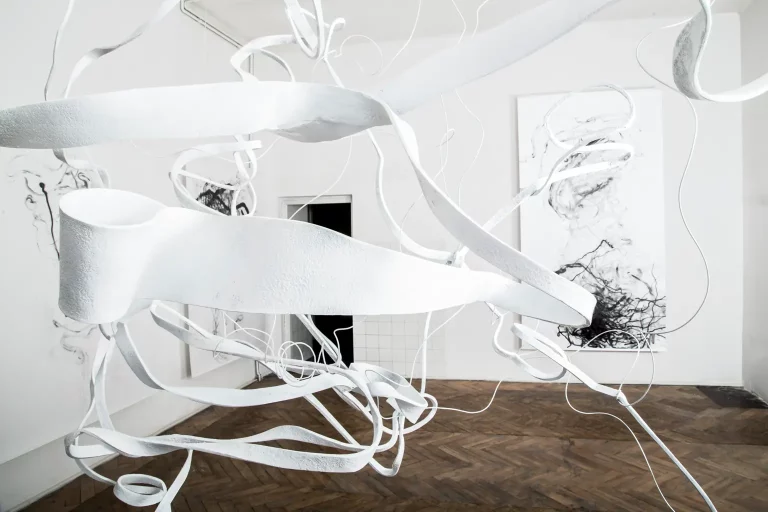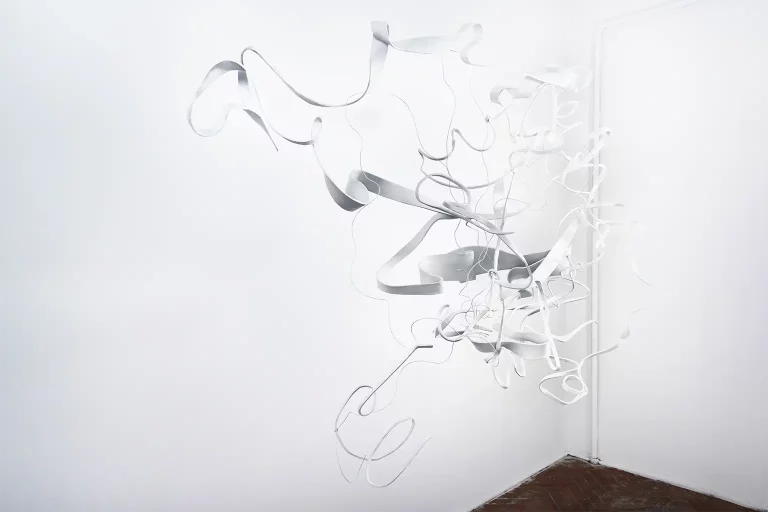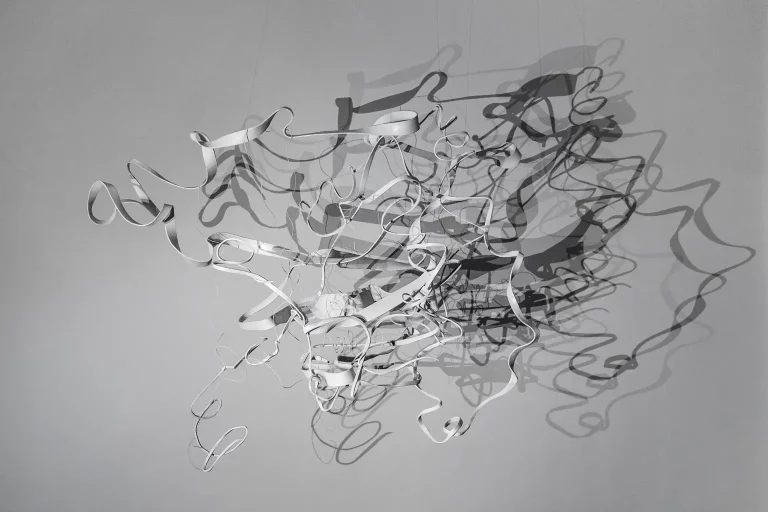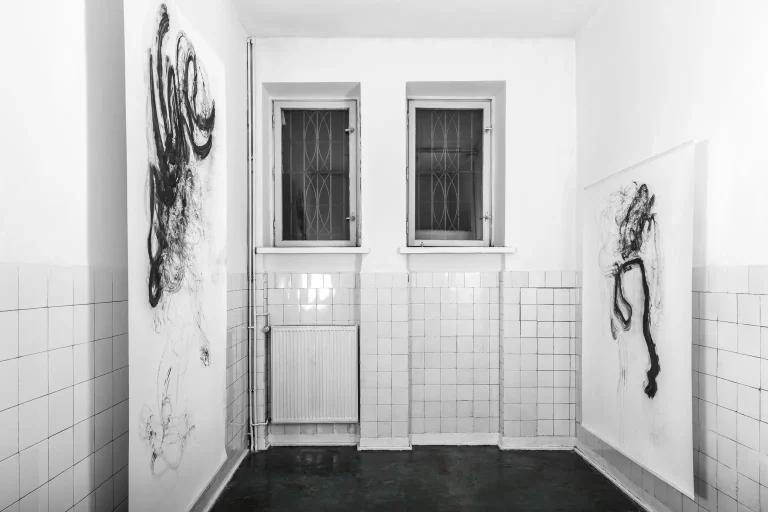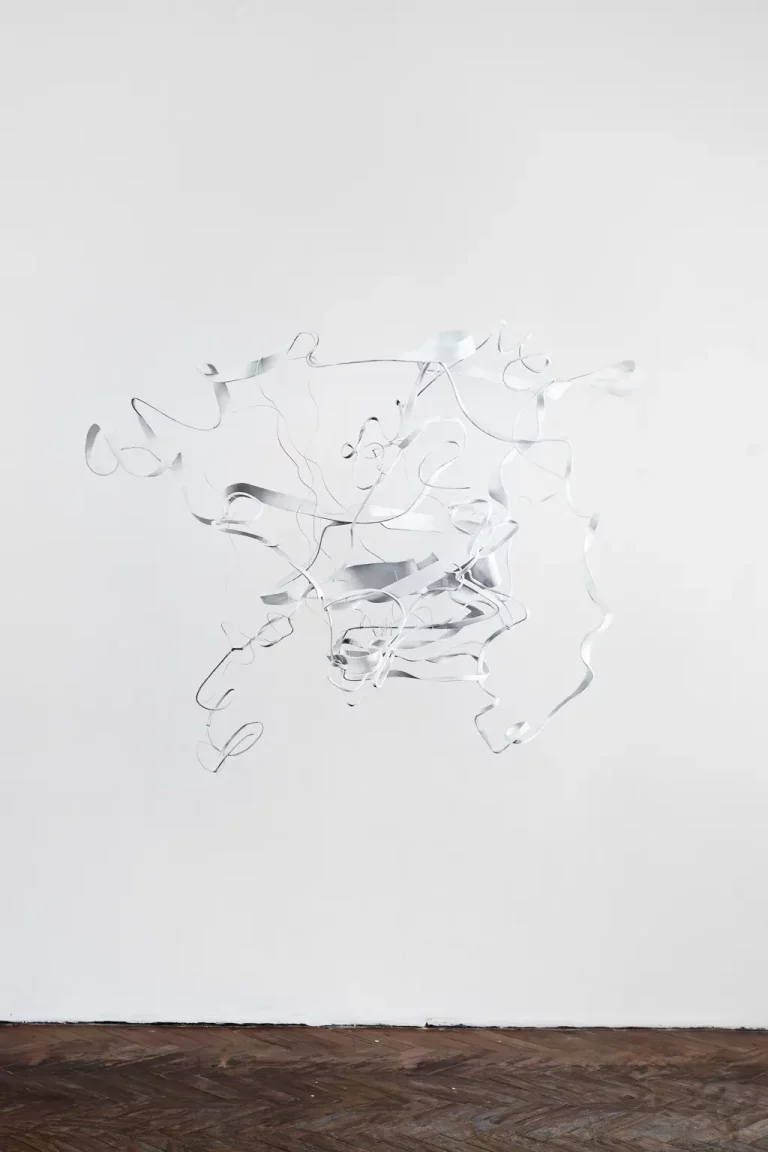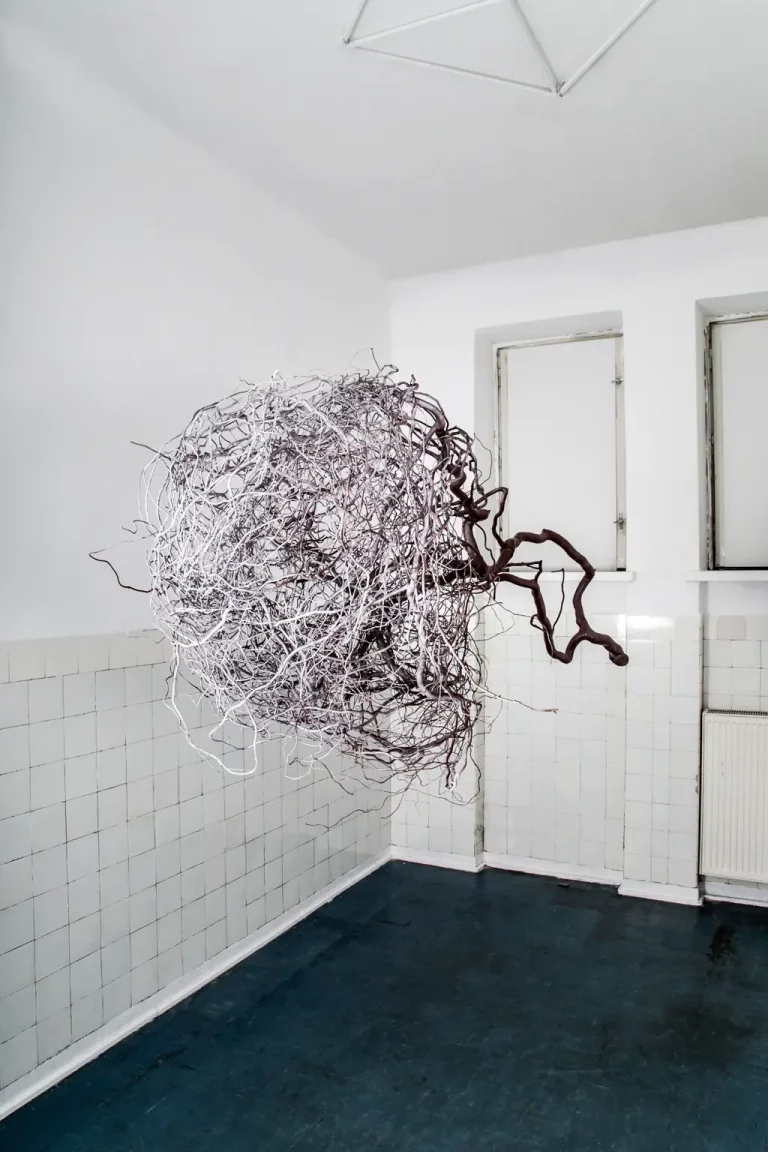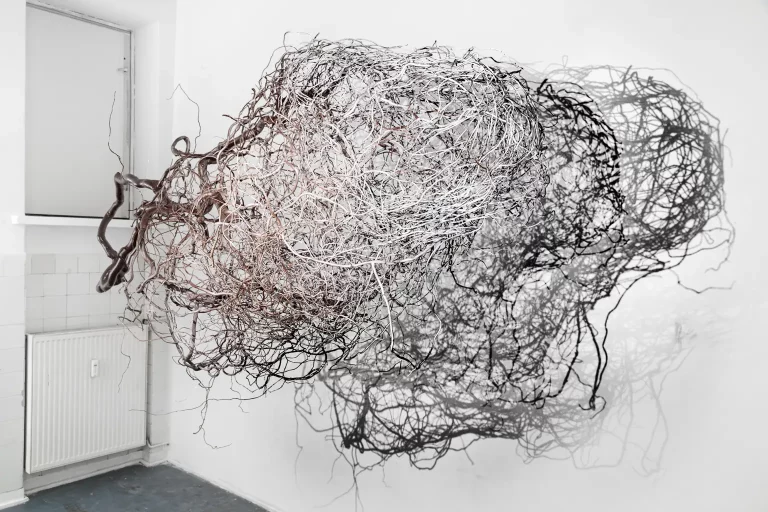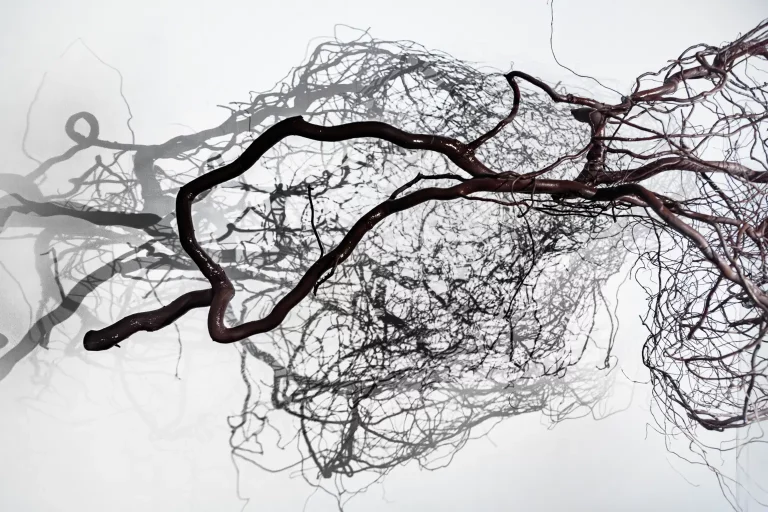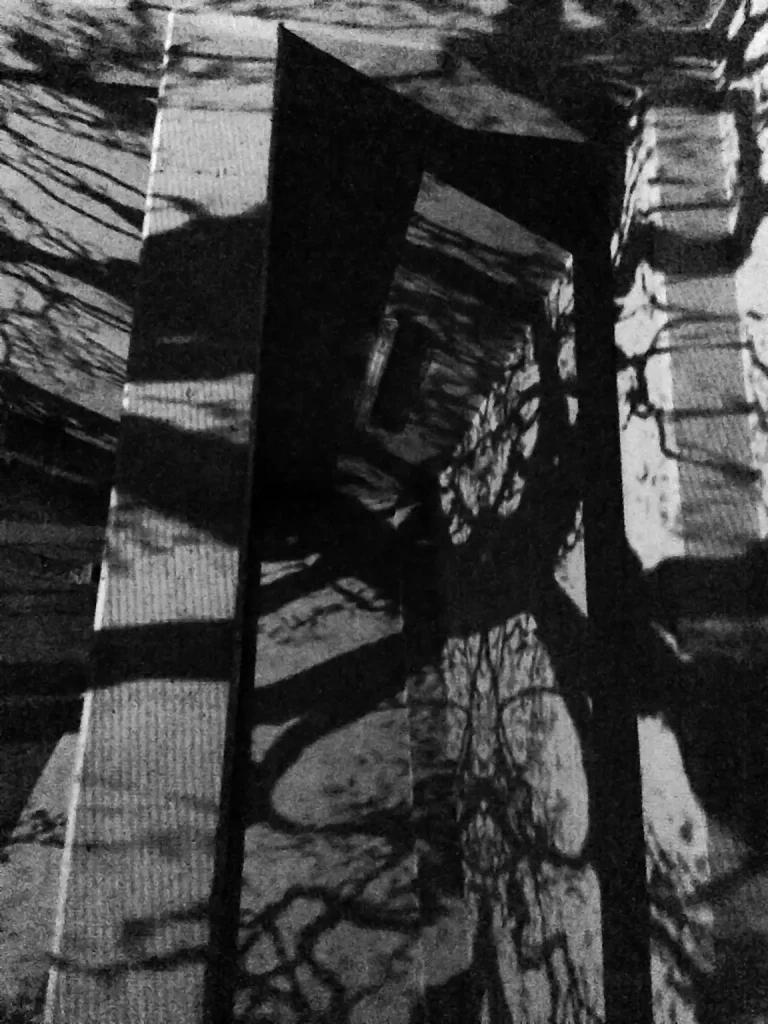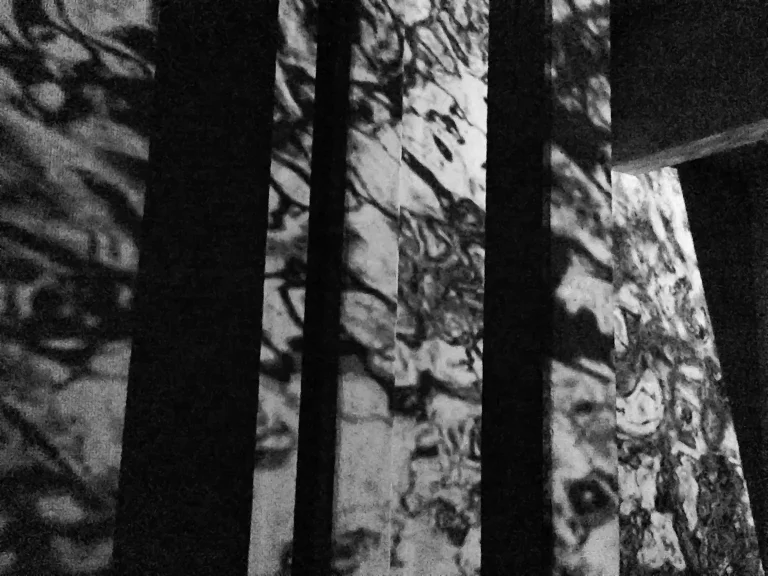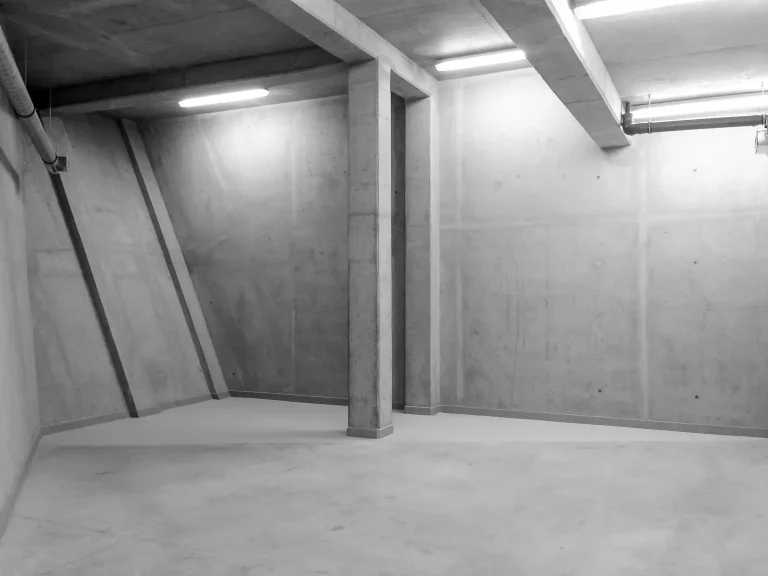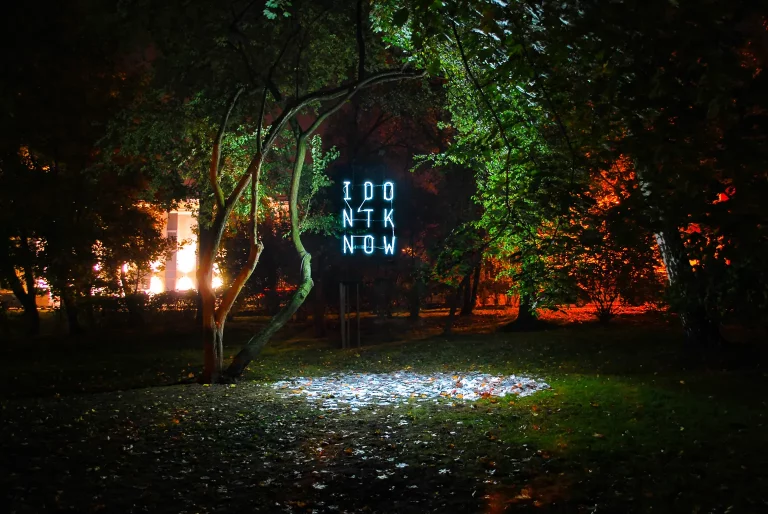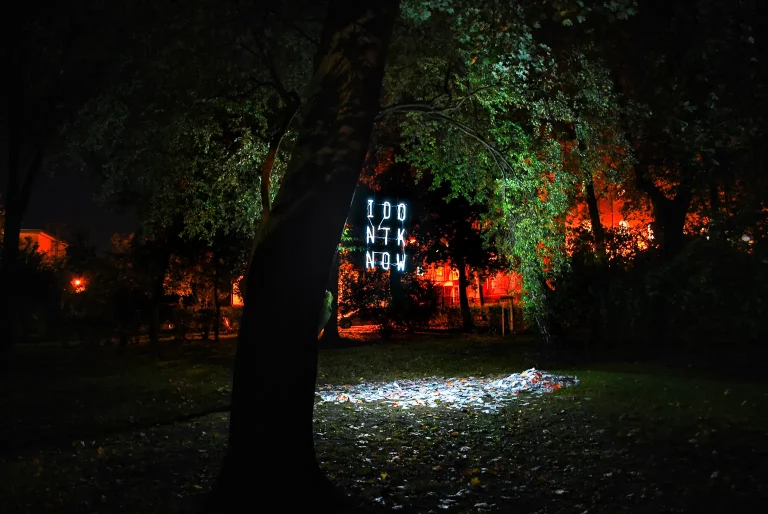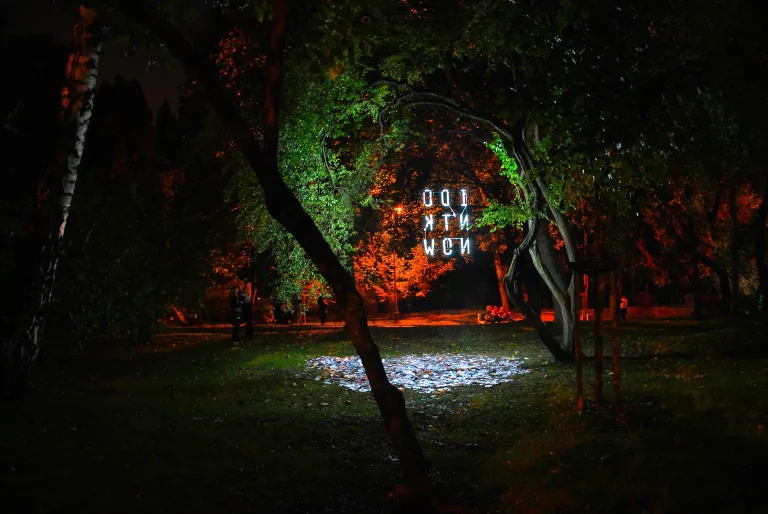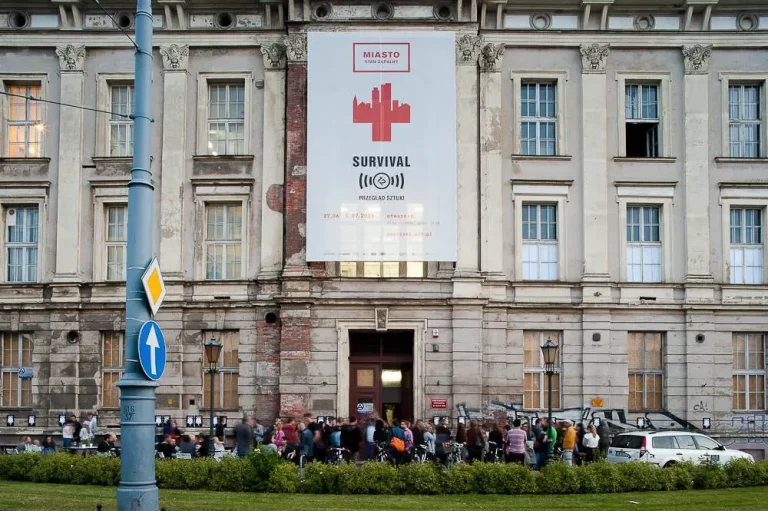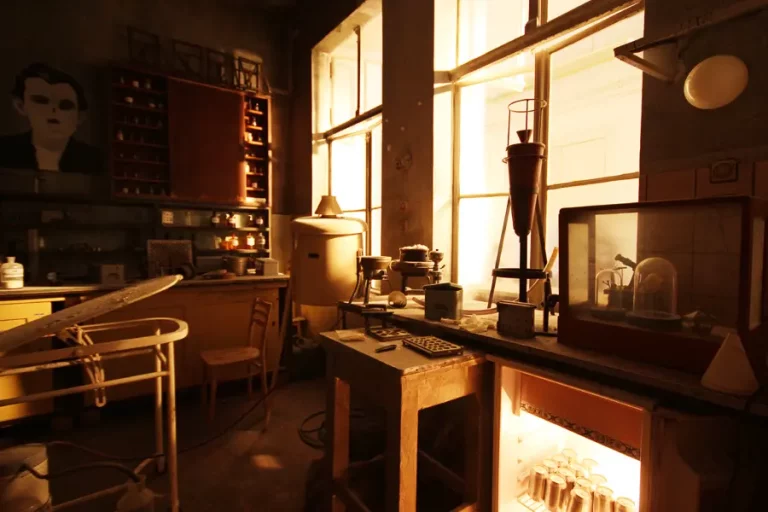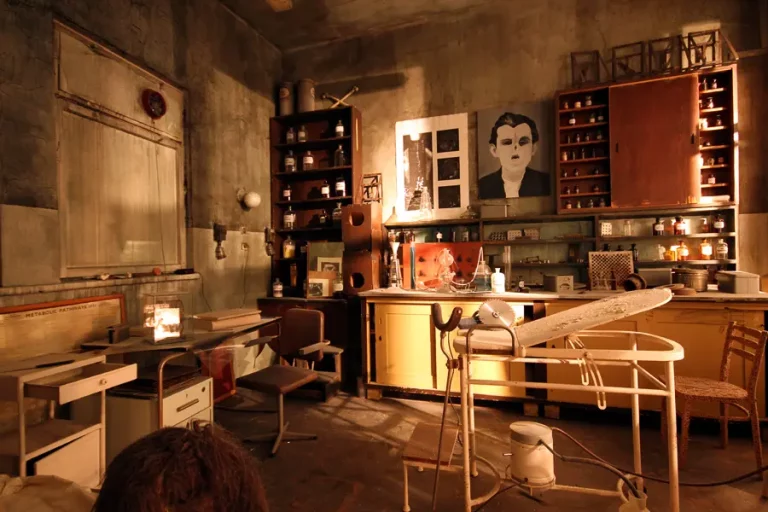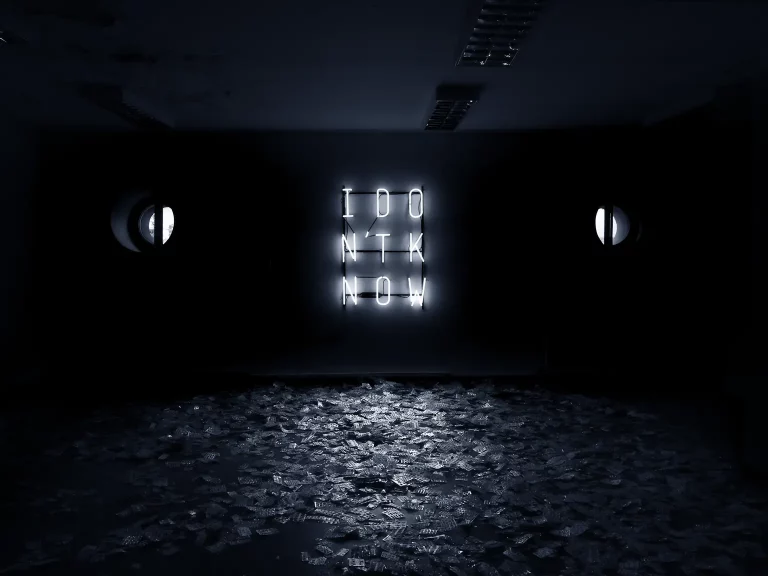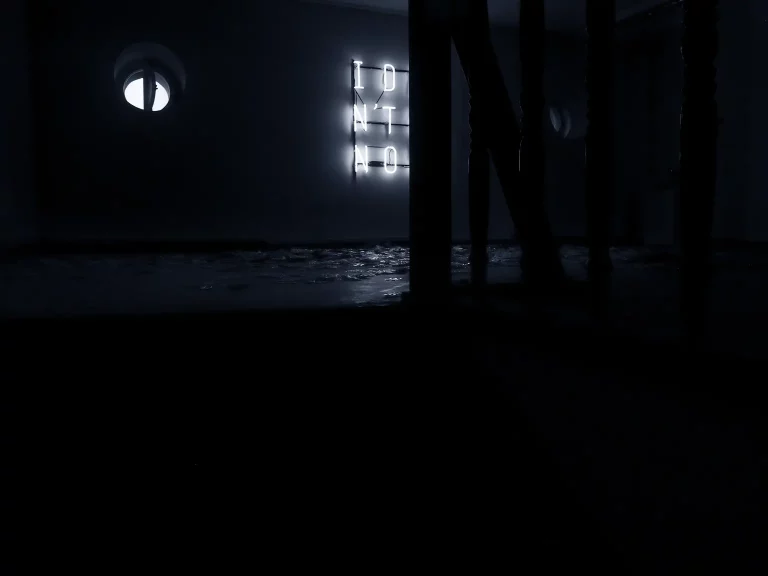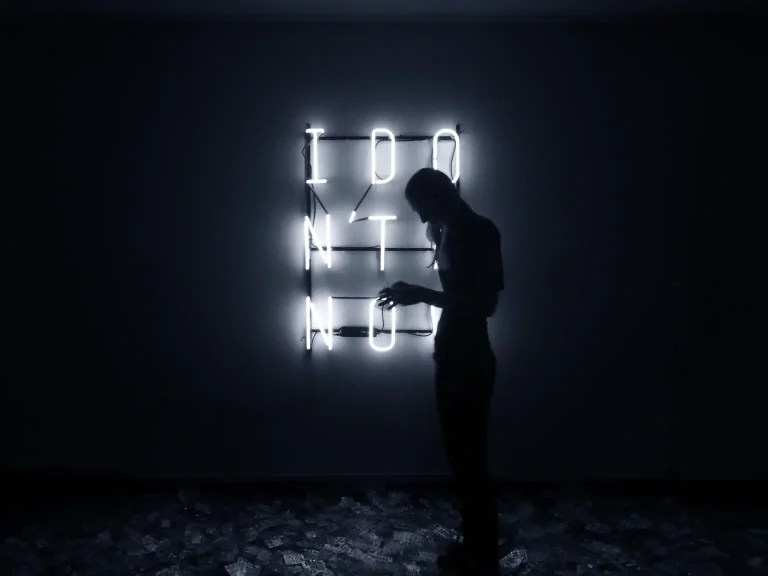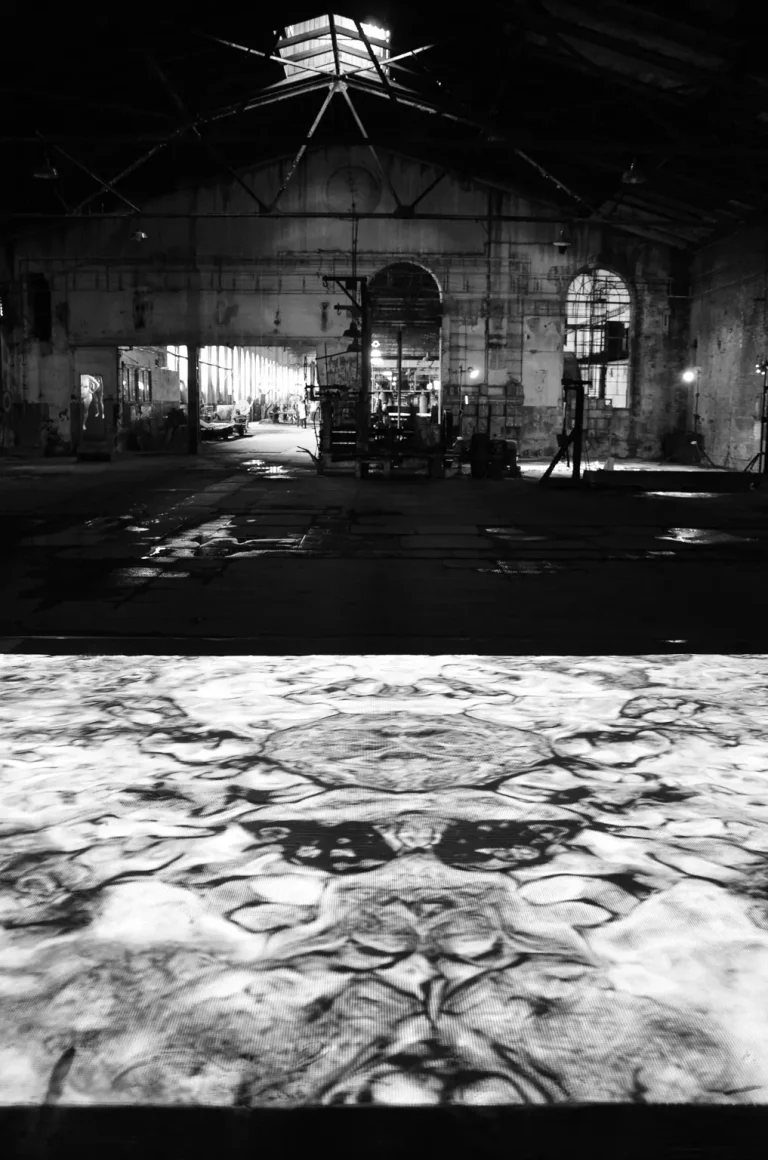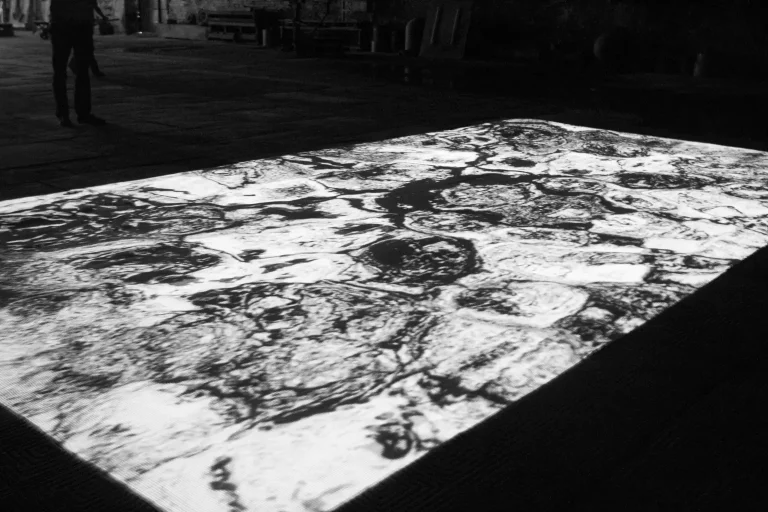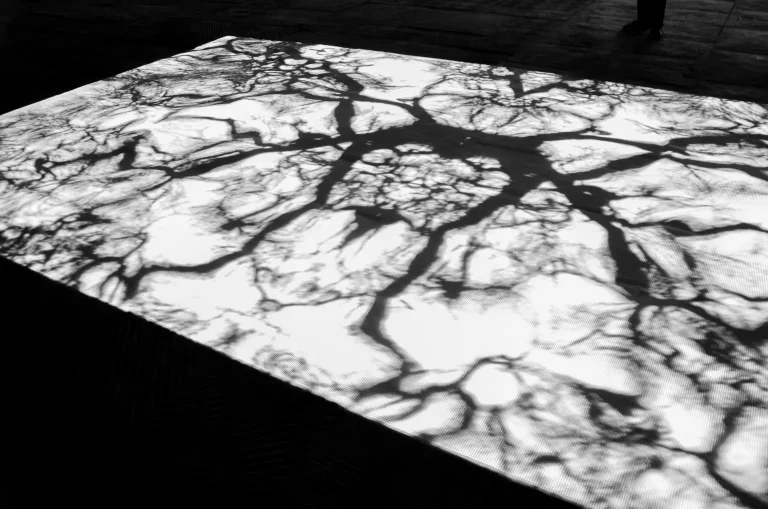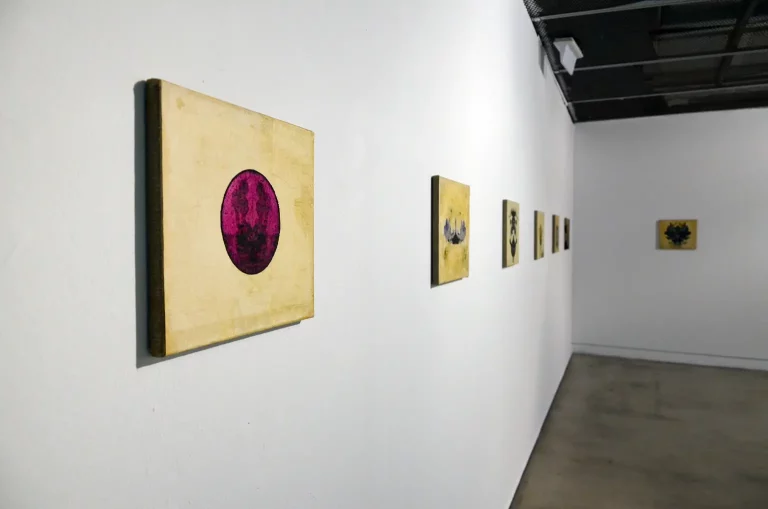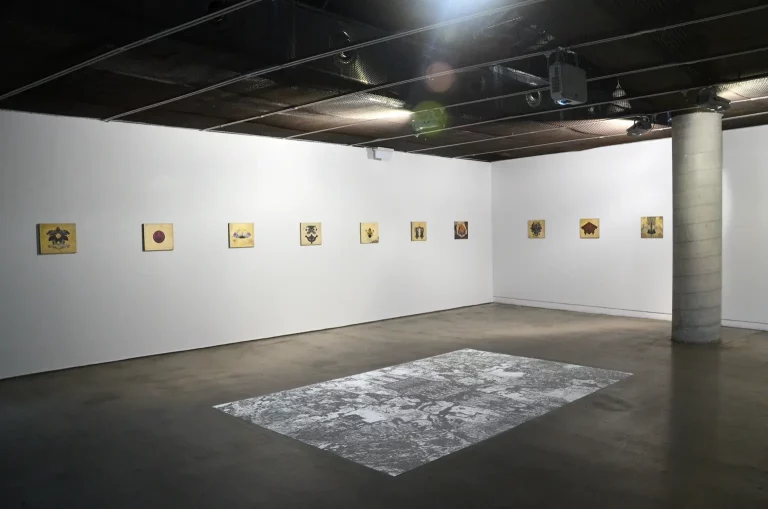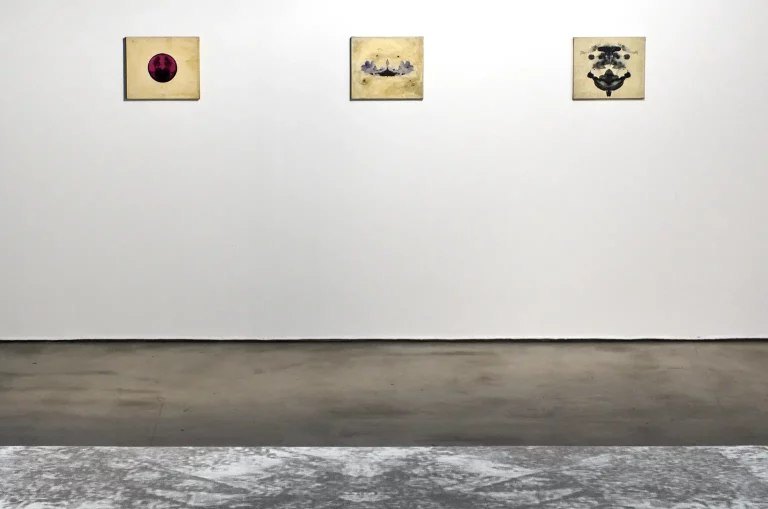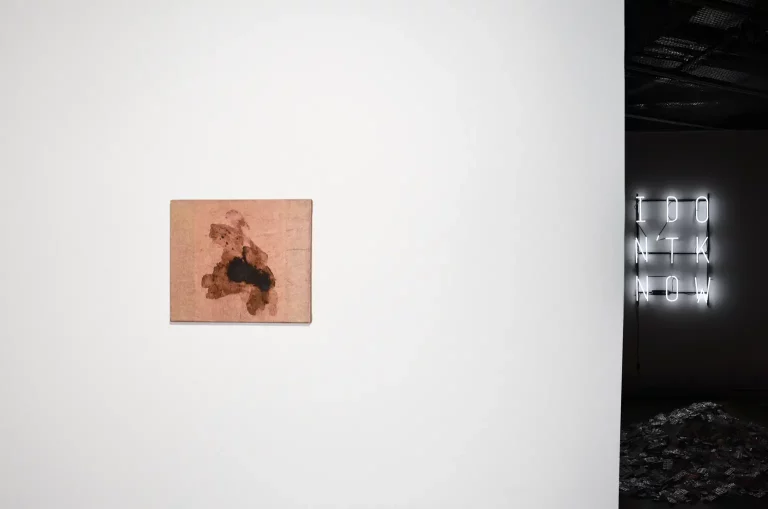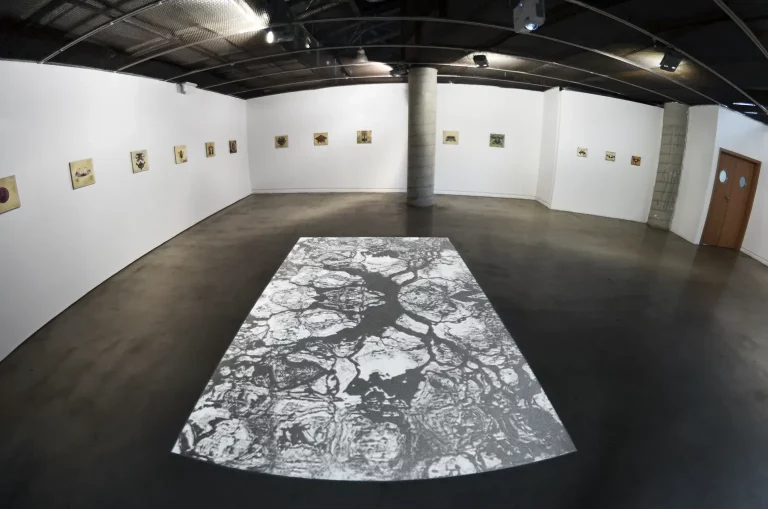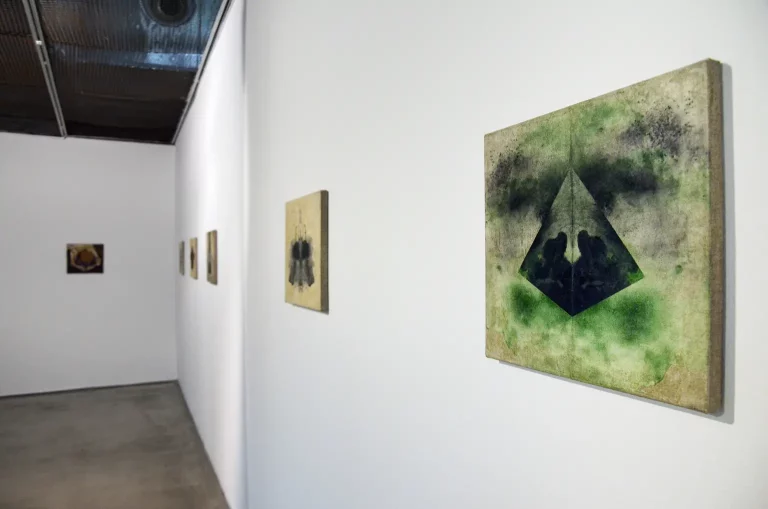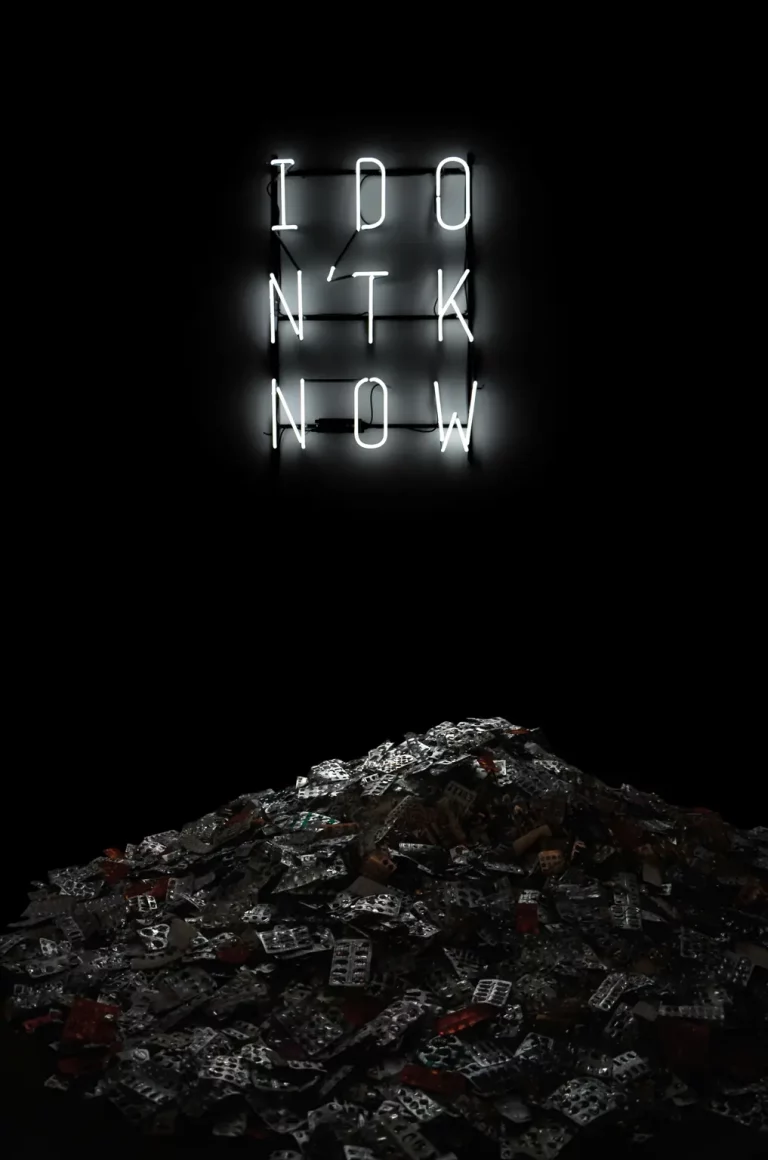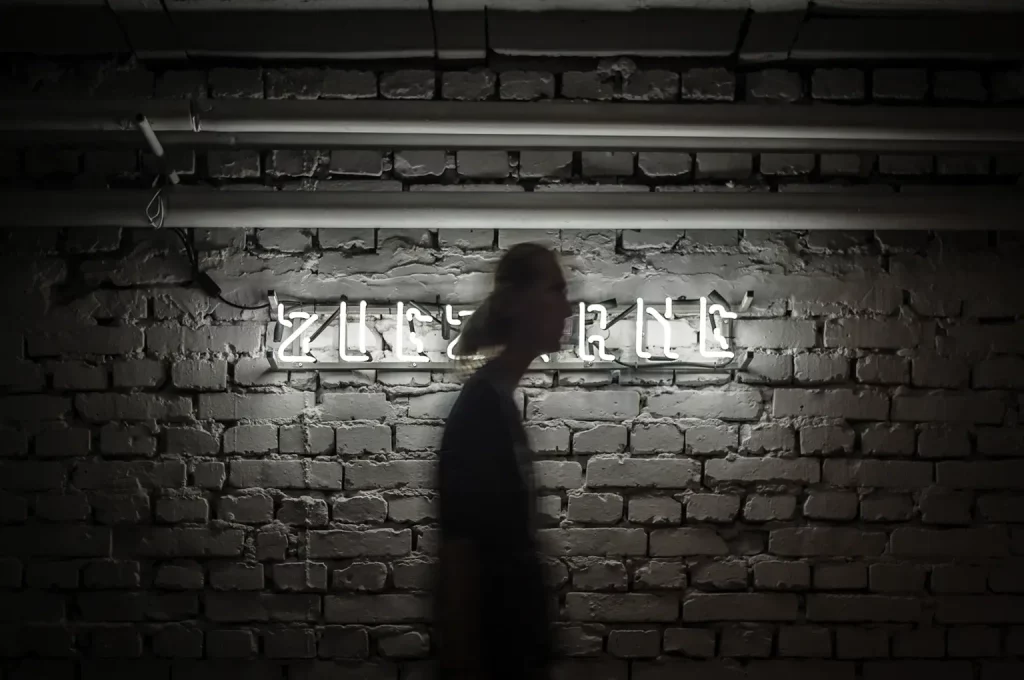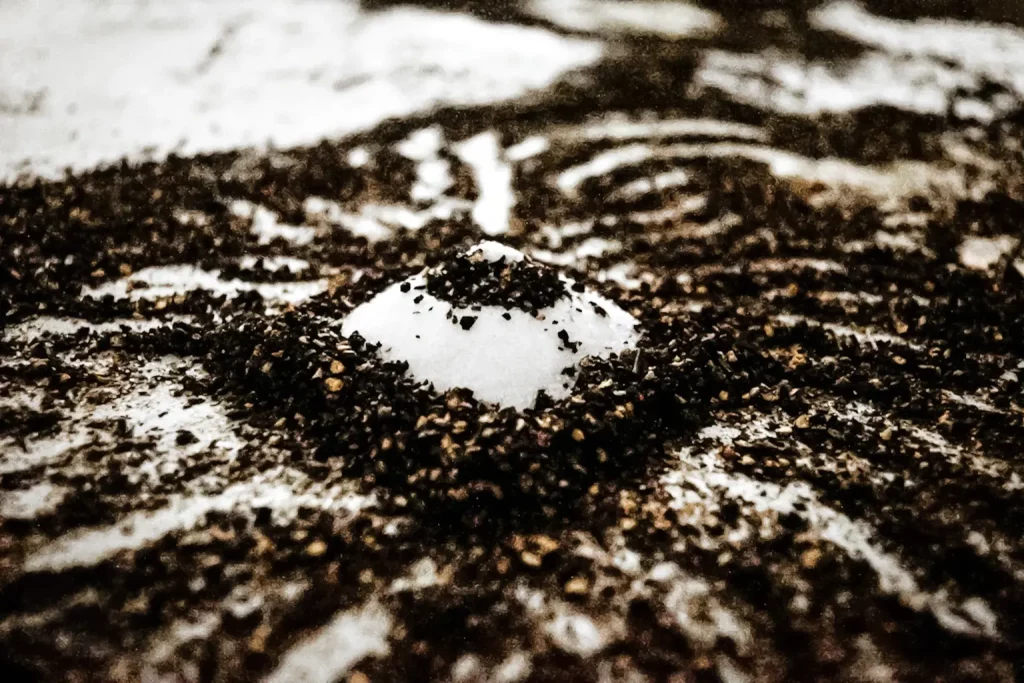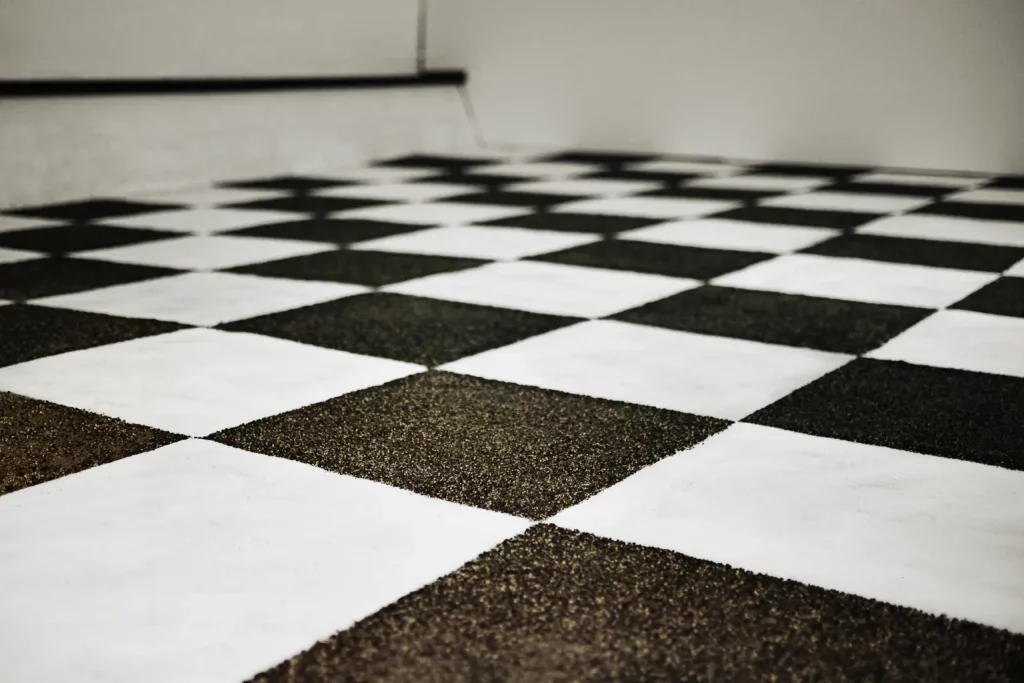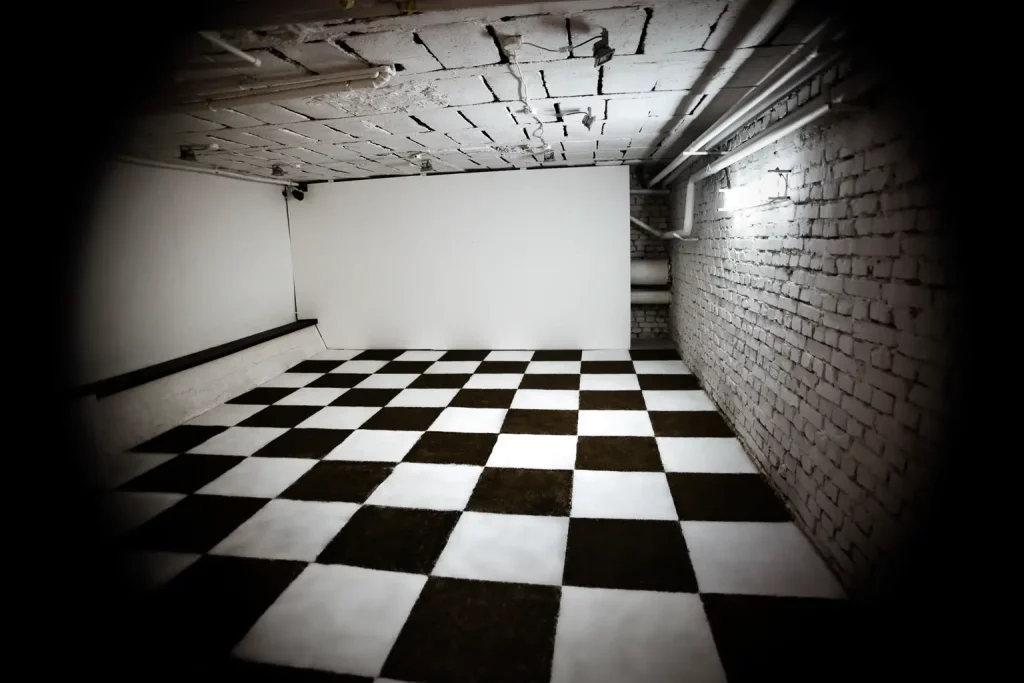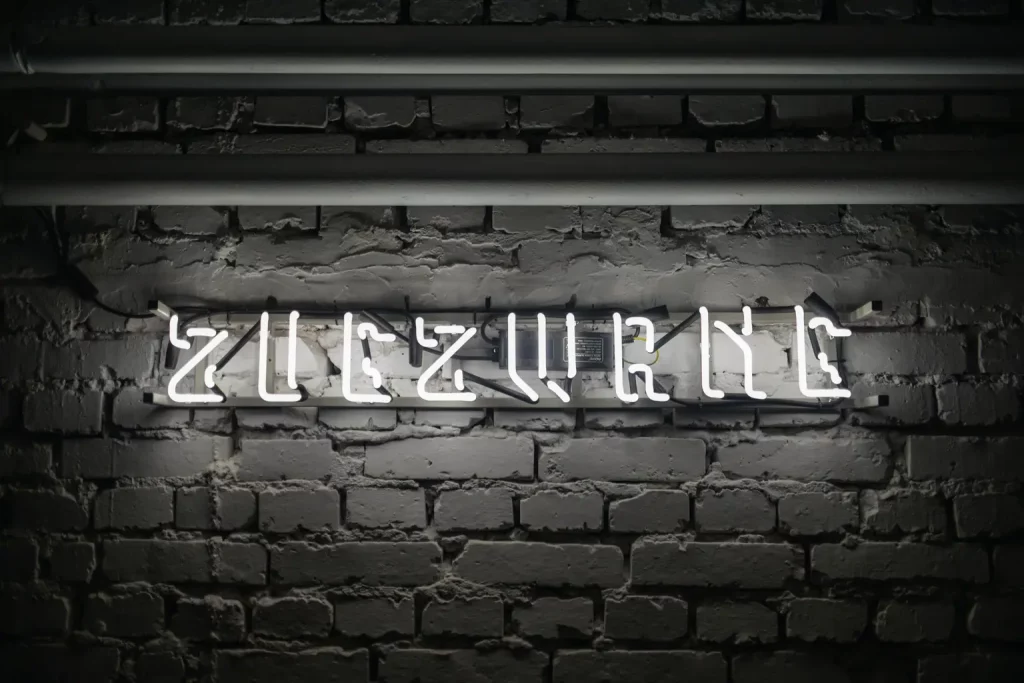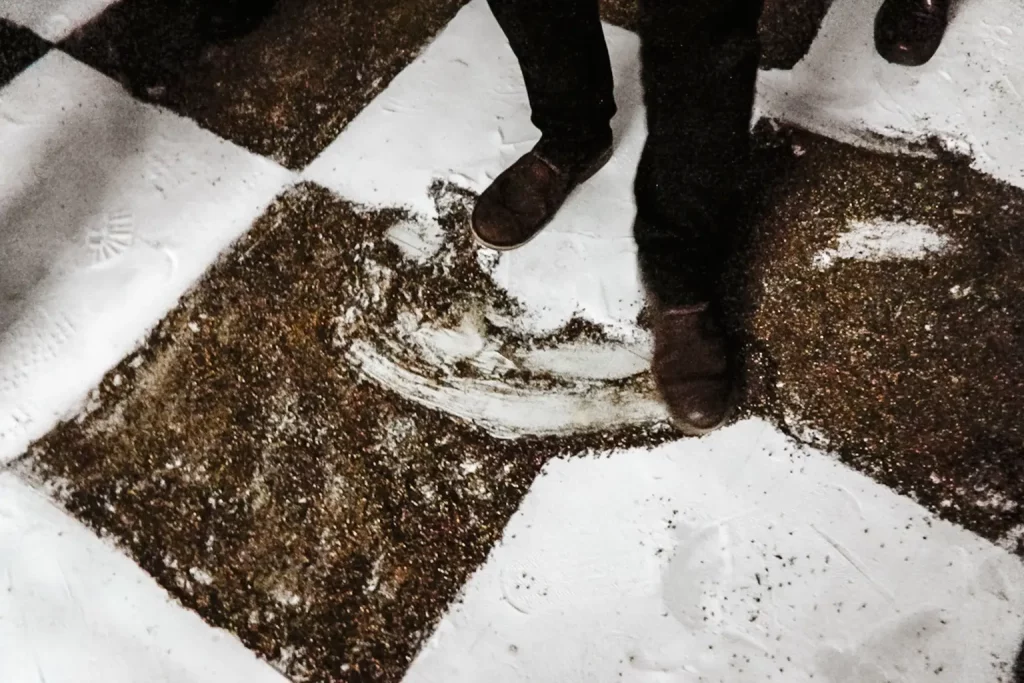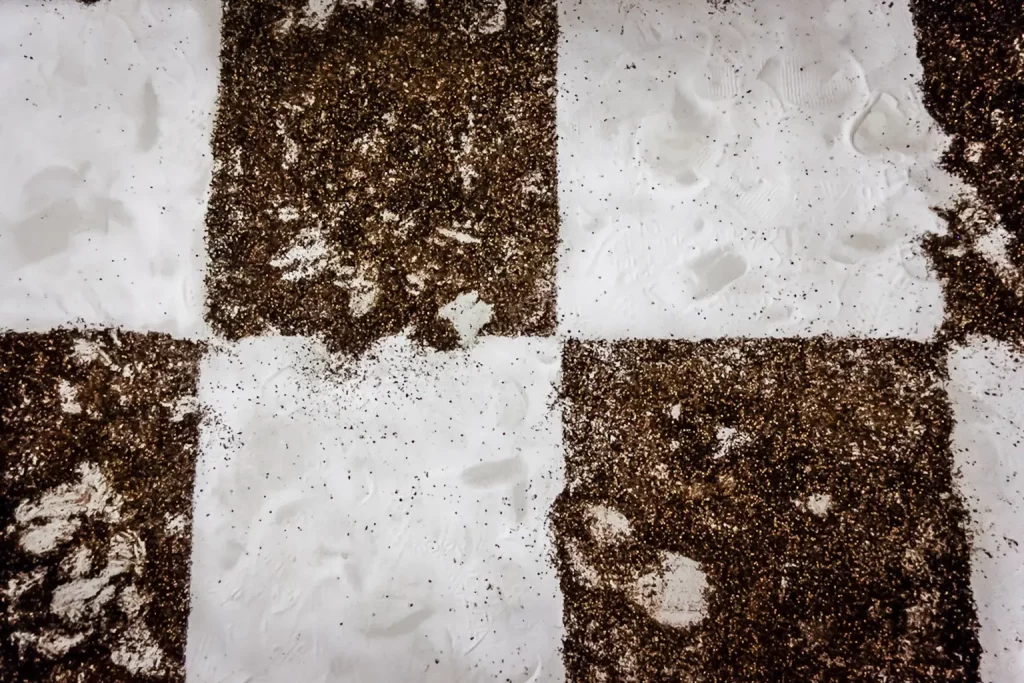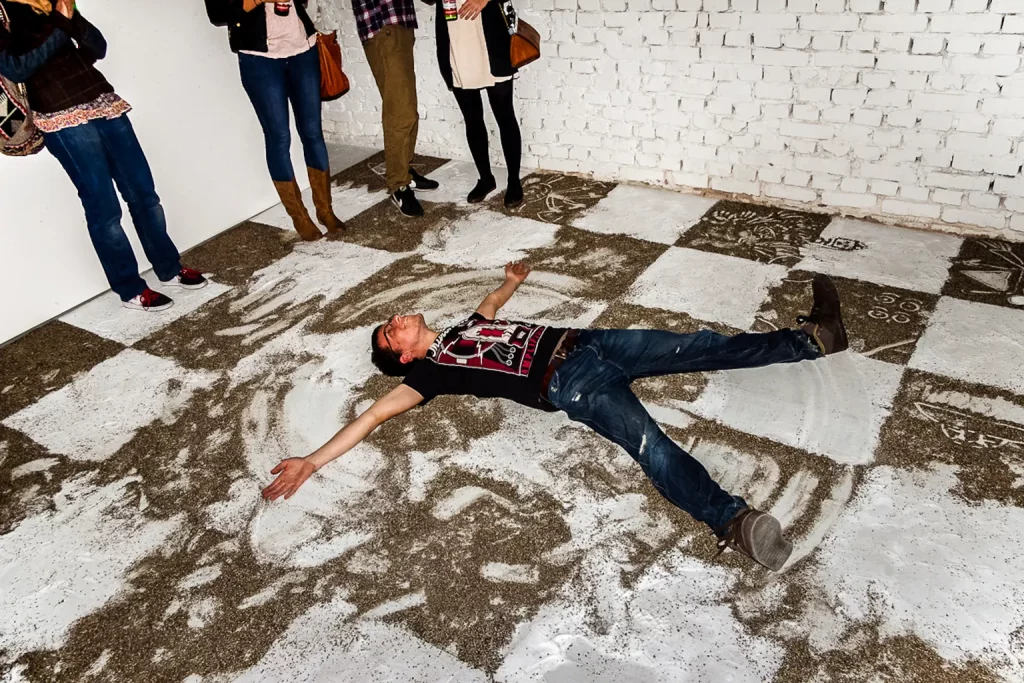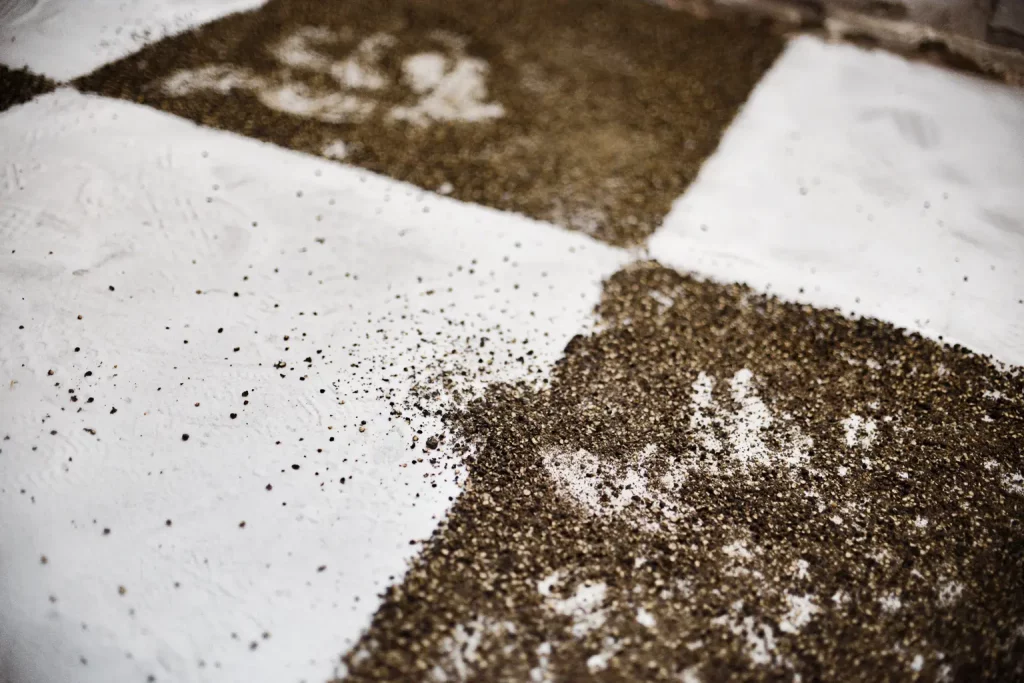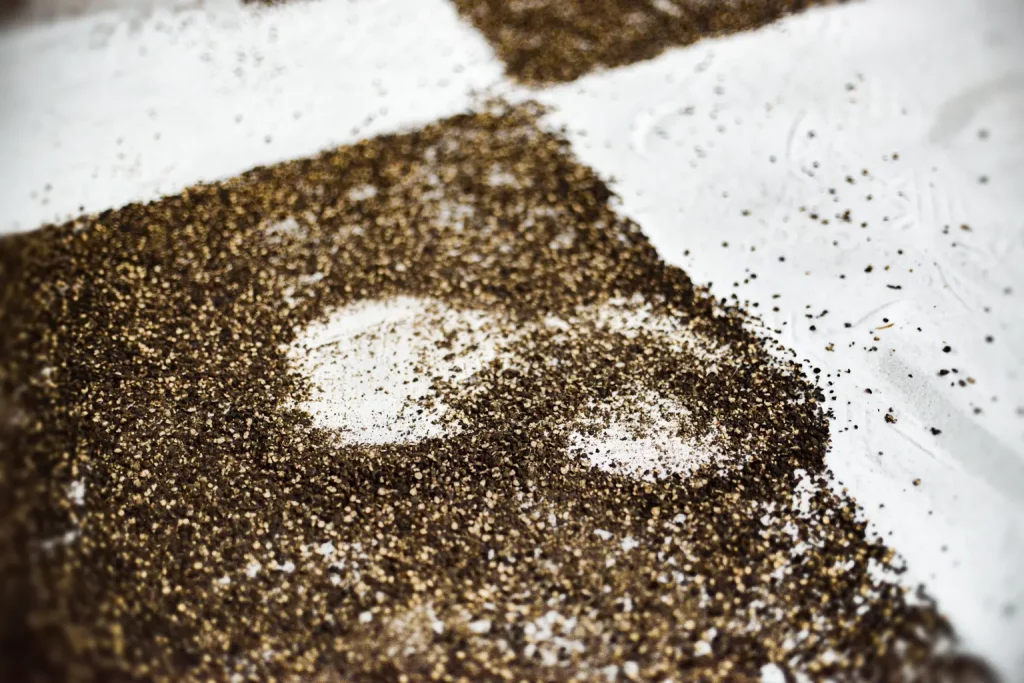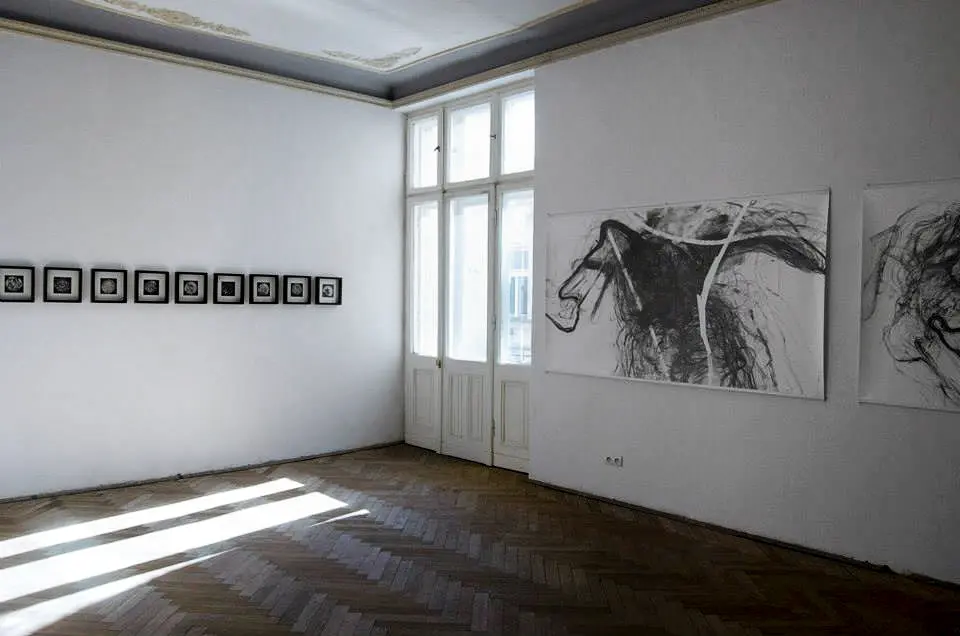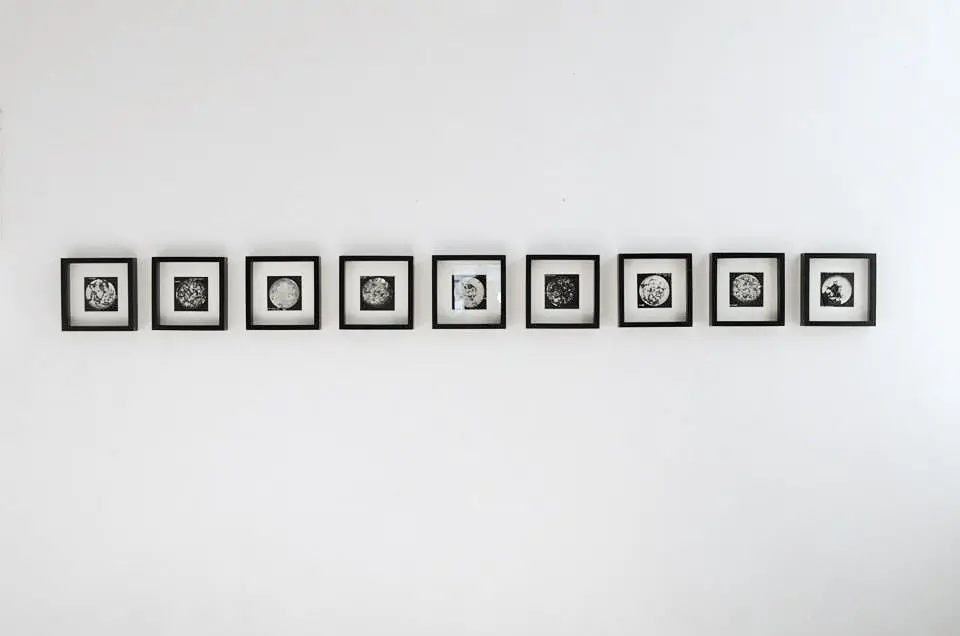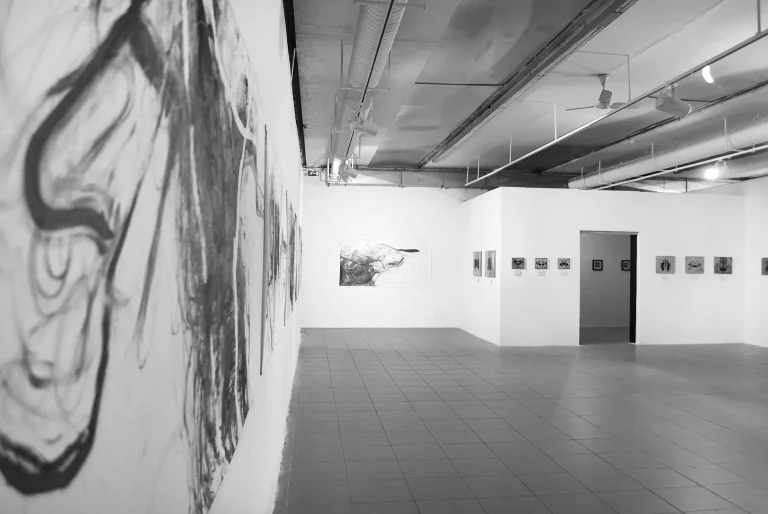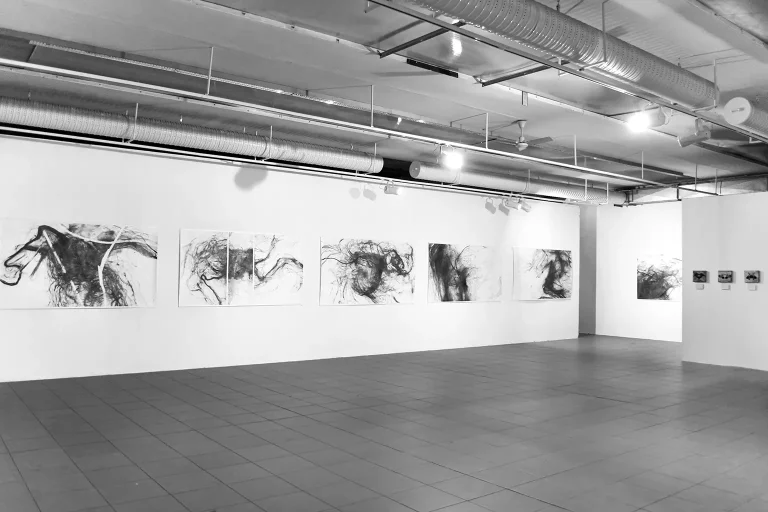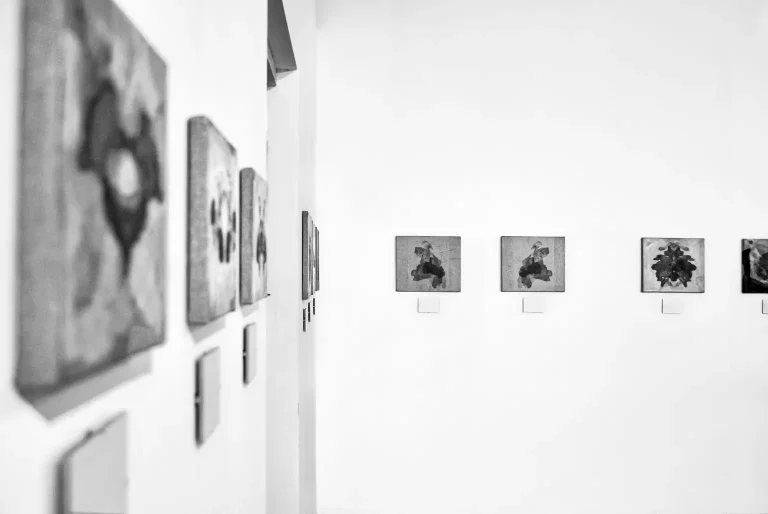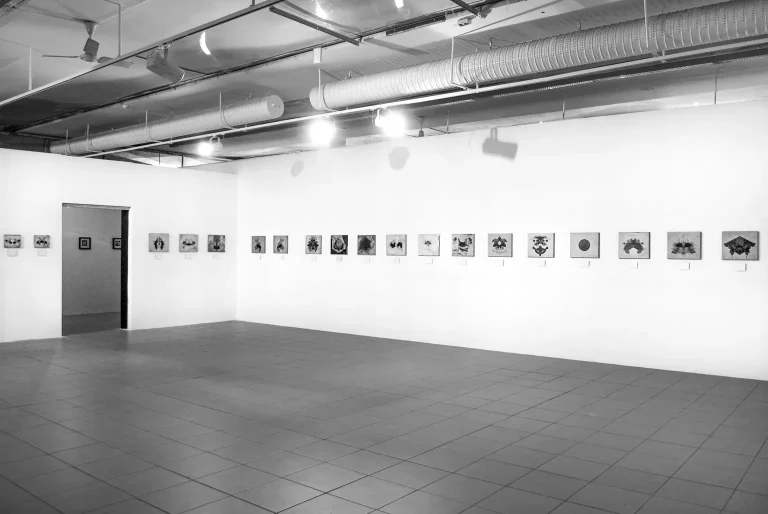EXHIBITIONS
Olly olly oxen free
8.03–7.04.2019
Zamek Sielecki, Sosnowiec, PL
Curator: Adriana Zimnowoda
“All images that display the violation of an attractive body are, to a certain degree, pornographic. But images of the repulsive can also allure. Everyone knows that what slows down highway traffic going past a horrendous car crash is not only curiosity. It is also, for many, the wish to see something gruesome”[1].
But then “[w]hat does it mean to protest suffering, as distinct from acknowledging it?” – Sontag goes on. How does one avoid the trap of allowing human tragedy to become banal in its message and banal in its reception? True drama, whether on global or intimate scale, happens “outside the frame” after all. Doubts explored by Sontag in Regarding the Pain of Others, concerning reception of photography, especially reportage photography (considered to be almost synonymous with the situation being photographed), appear with any visual image which emanates literalness, cruelty and repulsive form. Does an illness presented in the form of a “disgusting”, deformed body, exposed before the merciless limelight of someone else’s gaze, bring the viewer closer to the problem of suffering, or does it merely cause a thrill of unhealthy ecstasy, without troubling one’s head with subjective experience. How then should this “problematic” theme be handled?
Motyw choroby w historii sztuki zachodniej pojawiał się sporadycznie, i nie należał do tematów faworyzowanych przez artystów. Z problemem zmierzyła się Frida Kahlo, która z malarstwa uczyniła kronikę przebiegu choroby, dokumentującą kolejne jej etapy, oraz rezultaty licznych operacji. Nieco wcześniej, XIX-wieczny malarz francuski, Théodore Géricault, w latach 1822-1824 na zamówienie władz paryskiego szpitala Salpêtrière, stworzył portrety osób chorych psychicznie. Werystyczne przedstawienia naznaczonych obłędem twarzy, miały stanowić wizualną dokumentację różnego typu szaleństwa.
Zainteresowanie kwestiami ciała i schorowanej cielesności jest rdzeniem wypowiedzi artystycznej Agnieszki Jaworek. Perspektywa oglądu zjawiska, którą stosuje artystka jest zgoła odmienna od przedstawionych przykładów. W szerokim zakresie zainteresowań Jaworek znajduje się ludzki organizm doświadczony chorobą, relacje pomiędzy dysfunkcyjnym ciałem a psychiką chorego, problem percepcji osoby chorej przez środowisko oraz wybrane zagadnienia z szeroko rozumianej dziedziny bioetyki, jak Foucaultowska biopolityka, i wynikająca z niej biowładza.
Metoda obrana przez artystkę przypomina taktykę, którą w obliczu śmiertelnej choroby stosowała wspomniana Sontag: poznać wroga (przyjrzeć się mechanizmom, zrozumieć proces choroby, opracować strategię, opisać zjawisko) i… pokonać wroga. W tym niezwykle dynamicznym procesie, spolaryzowane „kondycje umysłu” – z jednej strony chaos, przerażenie i niemoc, z drugiej chłodny sceptycyzm beznamiętnego obserwatora – walczą o głos pierwszeństwa. Jak widać, postawa dystansu nie wyklucza udziału w żywiole, chociaż rzadko bywa dominująca w tej grze o życie. To jednak żywioł wymykającej się kontroli choroby, intensyfikuje pytania, i domagające się na nie odpowiedzi. Spotkanie z kimś chorym – podkreśla artystka – to spotkanie z kimś realnym. Z człowiekiem radykalnym w swej jednostkowości, bytem konkretnym i indywidualnym”.
Jak stawia pytania Jaworek? „Ja plotę i knuję. Badając rzeczywistość przy pomocy sztuki, obieram metody, mające być przewrotne już u samej podstawy. Traktuję sztukę jako sposób poznawania, nazywania i określania świata, jako konkret sprowadzony na pewnym poziomie do abstraktów i pojęć abstrakcyjnych, które w jakimś, ni to ścisłym, ni to intuicyjnym wymiarze, dają się wypowiedzieć. Są jak kamień rzucany w wodę, zamieniający przejrzystą taflę w przestrzeń zaburzoną, poruszaną kręgami fałd rozchodzących się we wszystkie strony”.
Jaworek „ubiera” temat w atrakcyjną wizualnie formę; perfekcyjnie wykonane instalacje i obiekty, fotografie, grafiki oraz rysunki naniesione na wysokiej jakości papier, świetliste, różnokolorowe neony, wciągające wzrok niczym szyldy pulsujących życiem miast. Przekornie i inteligentnie! Widz „wchodząc w wystawę”, niepostrzeżenie zaczyna „poruszać się w temacie”, chociaż nic nie boli, nic nie wstrząsa, nie zmusza oczu do odwrócenia w geście obrzydzenia, bądź, niepotrzebnego nikomu politowania. Każdy cykl, jak odrębny luminofor, zabarwia unoszący się w przestrzeniach wystawy (w metaforycznym sensie), gaz szlachetny i bezwonny, niedostrzegalnie wciąga w wir refleksji nad chorobą, ciałem doświadczonym, i traumą pogwałconej intymności. I czyni to w sposób przewrotnie atrakcyjny. Stanowi rodzaj przeżycia surrealnego.
I have had the pleasure to talk about the exhibition Olly olly oxen free[2] (this is the one I’m referring to in the text) several times, when I did guided tours of the exhibition. Audience members were young people, including one group of people with physical and mental disorders. The level of perceptiveness (their interpretations, including very informed ones) that I experienced was something unprecedented on this scale in all of my work as a curator. It was perhaps the sensual aspect of the exhibition that evoked some sort of sense of safety in the young critics, already affected by illness, which in turn resulted in their verbosity. The Lenibus wood provoked a discussion about the multifaceted nature of the world, allowing the young viewers to capture its metaphysical context and reflect on the appropriate method of exploration: the infantile, intuitive language of an uneducated child (as in Rose’s Alphabet). The animated visual projection on the gallery floor (which the majority of adult viewers associated with an aquatic habitat), was ‘decoded’ among the young as a result of MRI screening. The atmosphere of Dry Leaves – the space filled with blister packs scattered around, illuminated only by the cold light of the I don’t know neon, brought up associations with a depressive episode in them; Sanfilippo – with the bloodstream, or the DNA helix, Bed Stains with boredom, suffering, sorrow and humiliation. What surprised me even more was the decision of one of the guardians to return to the exhibition with a group of protégées affected by autism, for therapeutic reasons. I’ve been recently asked by a philosophy professor (based, I suppose, on his reflection) about the point of fighting to make society more sensitive, from the philosophical and artistic point of view. I must admit that having experienced the visit of the aforementioned young people, I approach the topic with lesser scepticism.
Zastanawiając się nad podsumowaniem, przez dziesięć niemal lat rozwijanego przez Jaworek projektu oscylującgo wokół dysfunkcyjnego ciała, mam wrażenie pewnego niedosytu. Myślę, tu o zaledwie dotkniętym przez artystkę, szalenie atrakcyjnym interpretacyjnie temacie biowładzy. Jaworek przemilcza dywagacje światopoglądowe, jej refleksja dotyczy tematu praw pacjenta do godnego poszanowania integralności jego osoby, równej dostępności do usług medycznych, prawa do samostanowienia w obliczu choroby i stawianej diagnozy. Także społecznej polityki wspierającej nadzwyczaj prężnie rozwijający się przemysł farmaceutyczny. Nie wiem, na ile nieodwołalnie i radykalnie „zrywa” Jaworek we własnej twórczości wszelkie konotacje z Bios. W każdym razie z wielkim zainteresowaniem przyjrzałabym się podjętemu przez artystkę problemowi „podmiany” biopolityki (mającej przecież służyć wyłącznie ochronie ludzkiego życia), w zdegenerowaną jej odmianę – tanatopolitykę, znaną z barbarzyńskich praktyk rządów totalitarnych, czy działań terrorystycznych. To jednak, która z warstw rzeczywistości ludzkiego bytowania okaże się dla Agnieszki Jaworek atrakcyjna – czas pokaże.
[1] S. Sontag. Regarding the Pain of Others. Picador. New York. 2004.
[2] Wystawa w Galerii Extravagance Sosnowieckim Centrum Sztuki–Zamek Sielecki [8.03.2019–7.04.2019] miała charakter retrospekcji dotychczasowego dorobku twórczego. Projekt wystawy obejmował trzynaście cykli powstałych w latach 2010-2019, na które złożyły się: Zaburzenia obsesyjno-kompulsyjne (2010), Niechciana intymność (2010-2012), Promienie (2010-2013), Ciało czarne (2013), Zugzwang (2013), Plamy łóżkowe (2013-2014), Suche liście (2014), Stój spokojnie (2014), Alfabet Róży (2015), Lenibus biały (2016), Przyrząd niepraktyczny (2017), Quassary (2017) oraz najnowsza artystyczna, dotąd nie pokazywana realizacja Sanfilippo (2019). Wystawa stworzyła możliwość zapoznania się z wieloma technikami artystycznymi, które Jaworek stosuje jako środek wypowiedzi, w tym wypadku były to: grafika, malarstwo, rysunek, wideo art, instalacja, obiekt, neon.
Tytuł wystawy zapożyczony został ze stosowanej w amerykańskiej dziecięcej zabawie kompilacji słów oznajmiającej przerwanie zabawy i zakończenie gry. Artystka użyła tej właśnie gry słownej dla zaakcentowania linii demarkacyjnej, którą oddziela dotychczasową sferę tematycznych zainteresowań od, zarysowujących się w ostatnim czasie, nowych artystycznych idei, które zamierza rozwijać. Inaczej ujmując, domyka drzwi pochłaniającego ją w ostatnich latach tematu ciała schorowanego.
XXVIII Festival Ars Cameralis: More Light!
15–19.11.2019
The Castle Museum, Pszczyna, PL
SURVIVAL 17: Concealed
28.06–2.07.2019
Pod Ciśnieniem, Wrocław, PL
Curators: Michał Bieniek, Anna Kołodziejczyk, Ewa Pluta, Daniel Brożek, Małgorzata Miśniakiewicz
Organizer: Art Transparent Foundation
Cocoon
20.04–12.05.2018
KunstvereinGRAZ, Regensburg, DE
Curator: Albert Plank
Connect
3–16.06.2017
Roundabout of Art Gallery, Katowice, PL
Katowice and London presents more than a year-long collaboration between around 30 British and Polish artists. The Connect project was developed in collaboration with the British Council, the Arts Council of England. He was also supported by the program "Kultura Polska na Świecie" from the Adam Mickiewicz Institute in Warsaw. The first edition of Connect was held at the PLY Gallery in London in December 2016. In Katowice, the exhibition took place at the Art Gallery in June 2017.
QUASSARS
4.02–28.02.2017
Szara Gallery, Katowice, PL
Exhibition documentation of PhD thesis entitled Aegrum corpus quassari etiam lenibus Solet offensis*. Health literacy and illiteracy.
*Crowd. Sick body is used to tremble even under slight touch.
New Opening
9.10–26.10.2015
Academy of Fine Arts, Katowice, PL
Lumo Bjalistoko
4.10.2014
Old Park beside The Drama Theatre, Białystok, PL
SURVIVAL 12: Daybreak
27.06–1.07.2014
Former building of the Department of Pharmacy at the Medical University, Wrocław, PL
Curator: Szymon Kobylarz
Scenography in cooperation with: Marcel Sławiński, Katarzyna Sobańska
SURVIVAL 12: City – an Inflammatory State
27.06–1.07.2014
Former building of the Department of Pharmacy at the Medical University, Wrocław, PL
Curators: Michal Bieniek, Anna Kołodziejczyk, Anna Stec
Space for Breath
14.06.2014
Walcownia Cynku, Katowice, PL
Meetings in My Absence
29.03–13.04.2014
Roundabout of Art Gallery, Katowice, PL
Curators: Marta Kudelska, Maciej Skobel
The author's going beyond the experiences he intends to reflect in his work is the most difficult stage of the creative process. The desire to see yourself and your own experiences from the outside is the main reason for cutting yourself off from your feelings. The blurring of borders and the problem with a precise description of events result in separating them from reality. The effect of this is to rearrange and arrange the data in a whole new environment that is literal but unreal. The condensation of numerous events that best fit the chosen creative perspective produces a distorted picture, hard to prove. References moved to the new environment no longer have the same dependencies. The sequence of definitions and associations begins to loom in a completely different context. Isolation from a specific experience seems to be a necessary condition for starting to create. However, the work is perceived in a specific reality, from which the author himself moves away to be able to create it. At the moment of its presentation to the viewers, the opinion of the creator towards his own project is as important as the voice of the recipient. The author is not an authority. No matter what he wanted to create, he accomplished what he succeeded in doing. His assessment becomes one of many subjective opinions. It is neither more insightful nor more superficial than the analysis of other audiences. The awareness of what he intended will always prevent him from receiving what he has created.
– Agnieszka Jaworek
Zugzwang
11.10–2.11.2013
Dwie Lewe Ręce Gallery, Katowice, PL
– who called?
– a friend from Poland. Artist. She says they wanted to cheat her on pepper. We are doing a project together at the art gallery, which involves scattering pepper and salt on the floor in the form of a checkerboard. We will hang the ZUGZWANG neon sign on the back wall.
– And you're surprised that they wanted to deceive her? Who else is the pepper trading company supposed to deceive, if not the girl who intends to scatter it on the floor?
What's the point of covering the entire floor with pepper and salt?
the exhibition is intended to record the presence of each viewer in this way. No one will see the original work, only what is left from the previous recipient. Moreover, there is so little going on in Katowice that sometimes, after seeing a few exhibitions, there is nothing to see for the rest of the month. And yes, with each visit to Left Hands, the exhibition will always look different.
– the idea is really interesting. Pass me this envelope and I'll draw what it will look like.
– Yes. It's something like this that confirms my belief that if you don't know art, you have nothing to lose in life, and that art is dealt with by the margins of society who can't find their place in it.
What is the idea of the exhibition?
the space in galleries is untouchable and impersonal, people are afraid to enter, let alone ask. ZUGZWANG is giving viewers the right to be present in the exhibition space, it is the return of communication between the viewer, the artist and the space.
– The project is gaining momentum. We even have a sponsor who will cover the cost of producing the neon sign.
– Are you dragging other people's money into this!? In France, they cut the budget for the Louvre again. You are lucky that the crisis did not reach Poland.
Why pepper?
with this pepper it's like with everything else. You spend money, kneel on the floor for hours to arrange it evenly, and in the end you throw it all in the trash. In Silesia, the art market is almost non-existent, people say that being an artist is not a profession, and parents ask when you will start real work. Despite this, you feel that you have to create.
Zugzwang – a situation in chess in which making a move causes an immediate deterioration of the position of the side making the move. In 1923, Aron Nimzowitsch won a game against Friedrich Sämisch, which is known as the immortal Zugzwang game.
Artist – Agnieszka Jaworek, 1985, Academy of Fine Arts in Katowice. The author of the idea for the exhibition, designed the neon sign and made a chessboard out of salt and pepper.
Curator – Filipka Rutkowska, 1991, student of art history, wrote the text and helped with the physical work of pouring salt and pepper.
The host – Maciej Skobel, 1986, agreed to sprinkle salt and pepper on the floor of his Gallery.
URBILD/ABBILD
30.08–13.09.2013
lokal_30, Warsaw, PL
Curators: Anna Rowińska, Milena Natalia Soporowska
Medicine as ideology
18.06.2013
BWA Gallery, Katowice, PL

